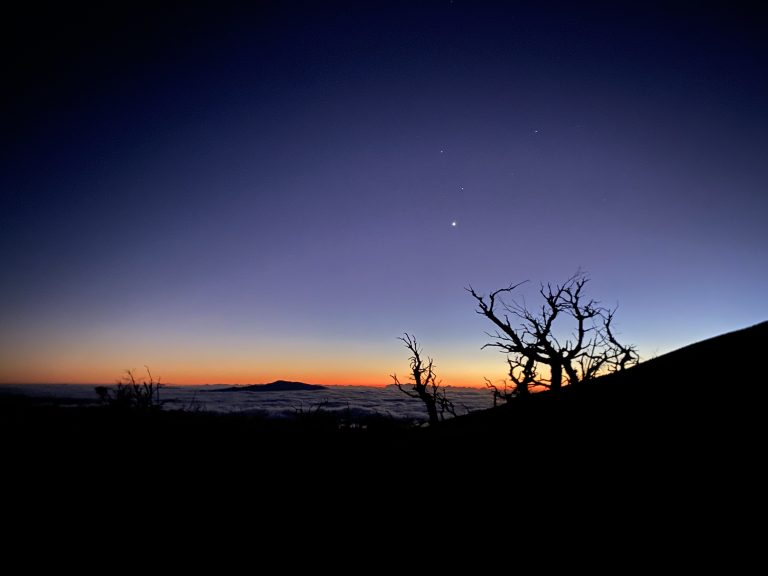Aldo D. Aragon
aragonable.com
I studied Pacific history while an undergraduate at Harvard, and traveled over 20,000+ miles to/from Polynesia and Melanesia while completing my senior thesis.
The images below document my travel across 3 island nations: the Republic of Vanuatu, the Republic of Fiji, and Aotearoa/New Zealand. 🇻🇺🇫🇯🇳🇿
The Republic of Vanuatu 🇻🇺
Introduction
The people of Vanuatu, a small Melanesian island nation in the Pacific Ocean, are among the kindest people I've ever met.
I rarely, if ever, photograph people, but on numerous occasions, passersby noticed my camera and asked me to photograph them.
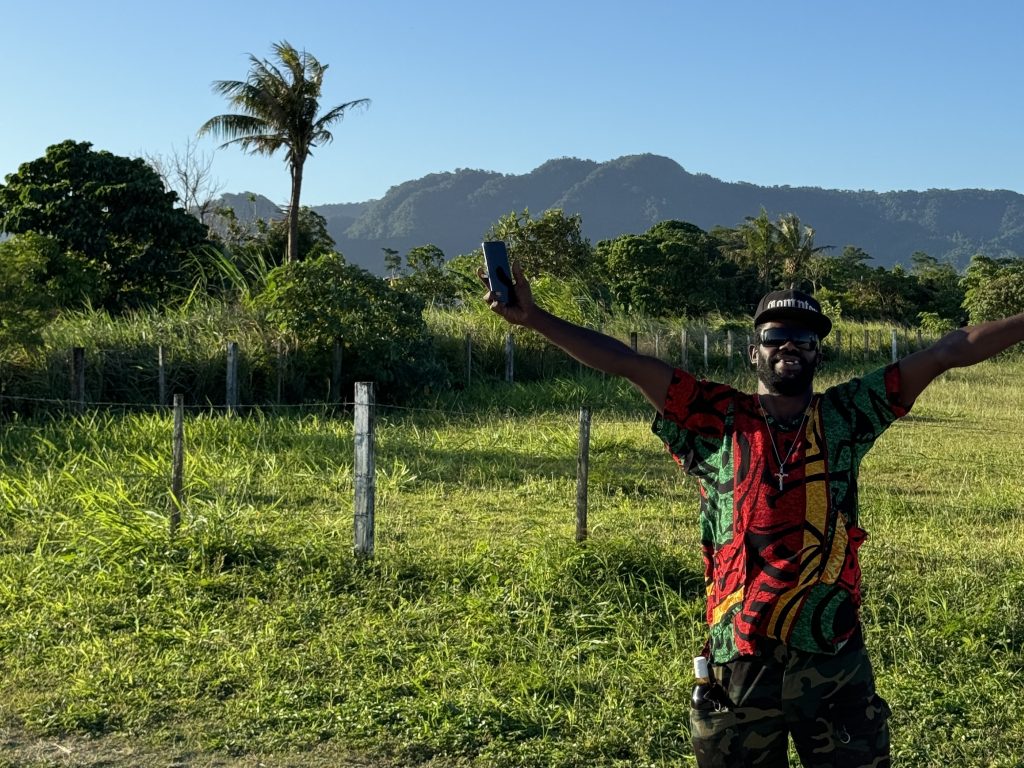
A mural of ancestral Ni-Van peoples located in downtown Port Vila, the capital of Vanuatu, hints at the Indigenous history of this young nation with population c. 330,000. Vanuatu is among one of the last nations on Earth to have been settled by humans.
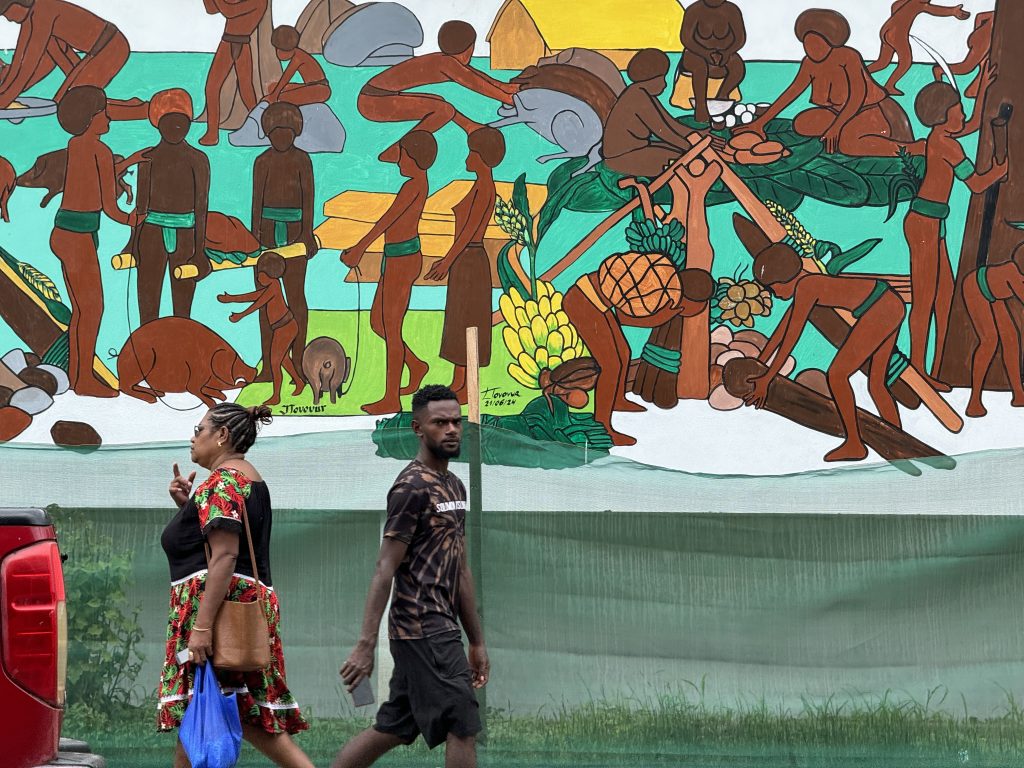
The Port Vila Waterfront
The waterfront alongside downtown Port Vila, facing west, after a sunset. The weather looked like this pretty much every single day; no wonder Vanuatu has often been named "the happiest nation on Earth."
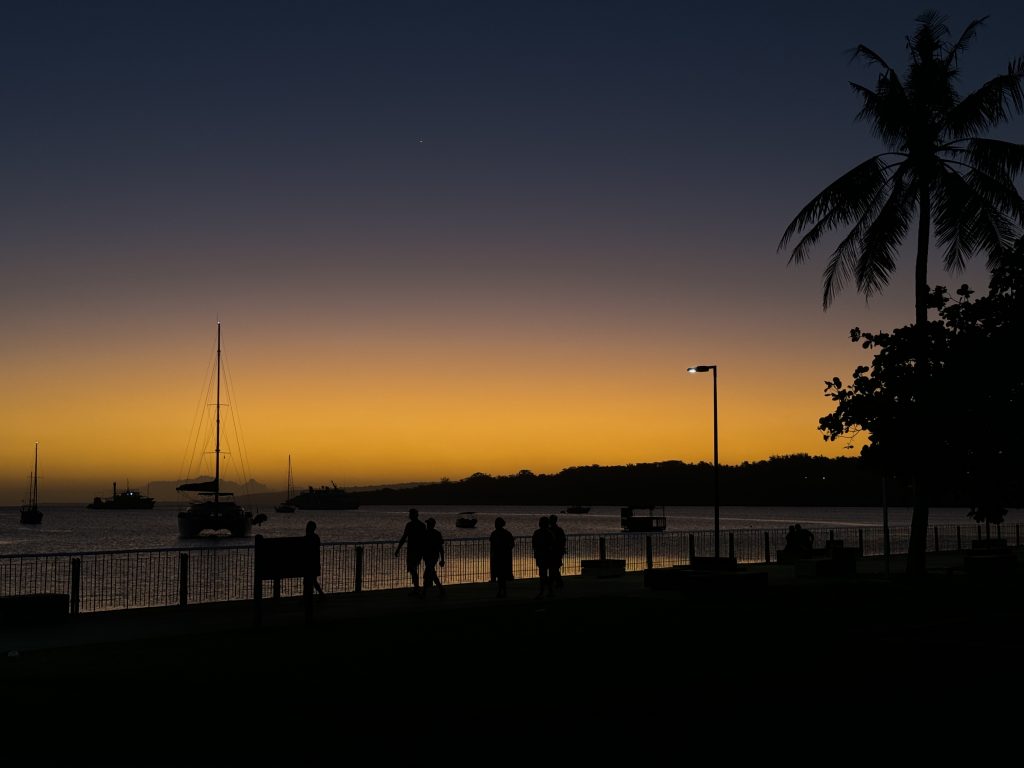
Some young boys playing in the Port Vila waterfront during the day.
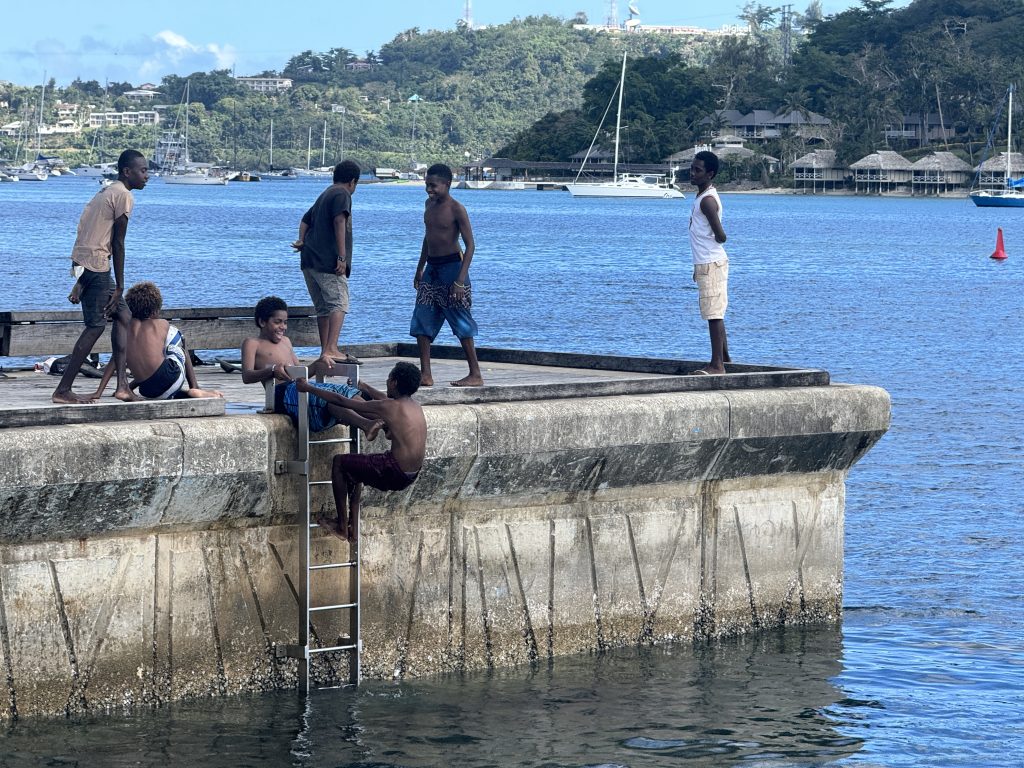
Gratitude
My host family.
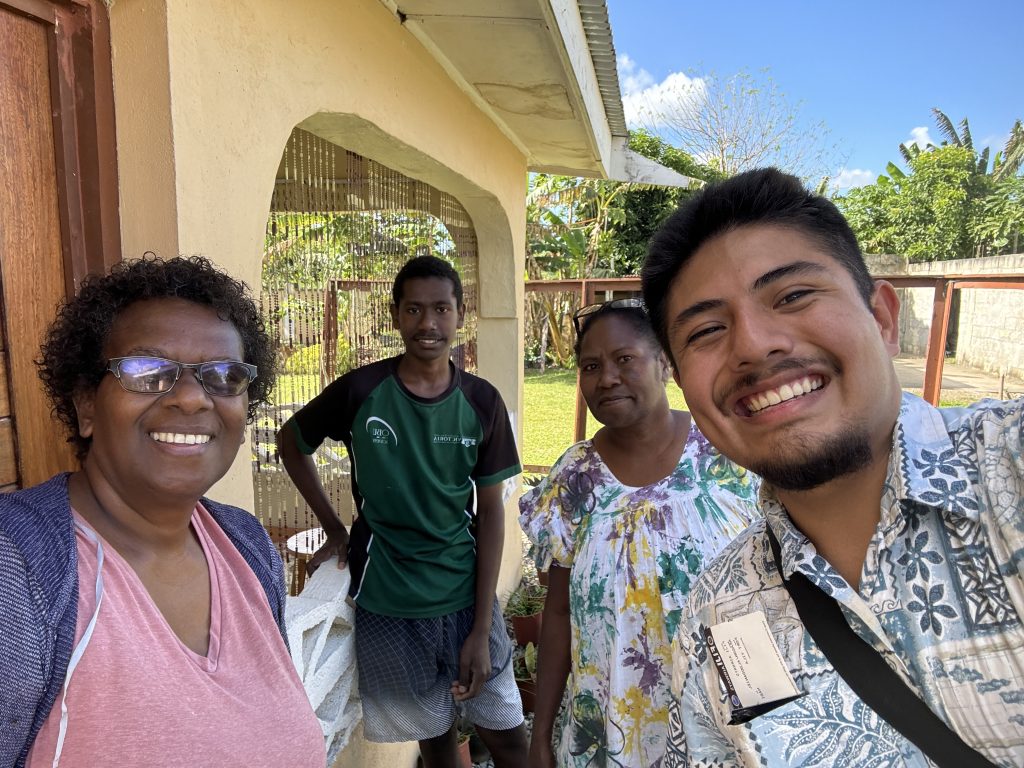
My view every night.
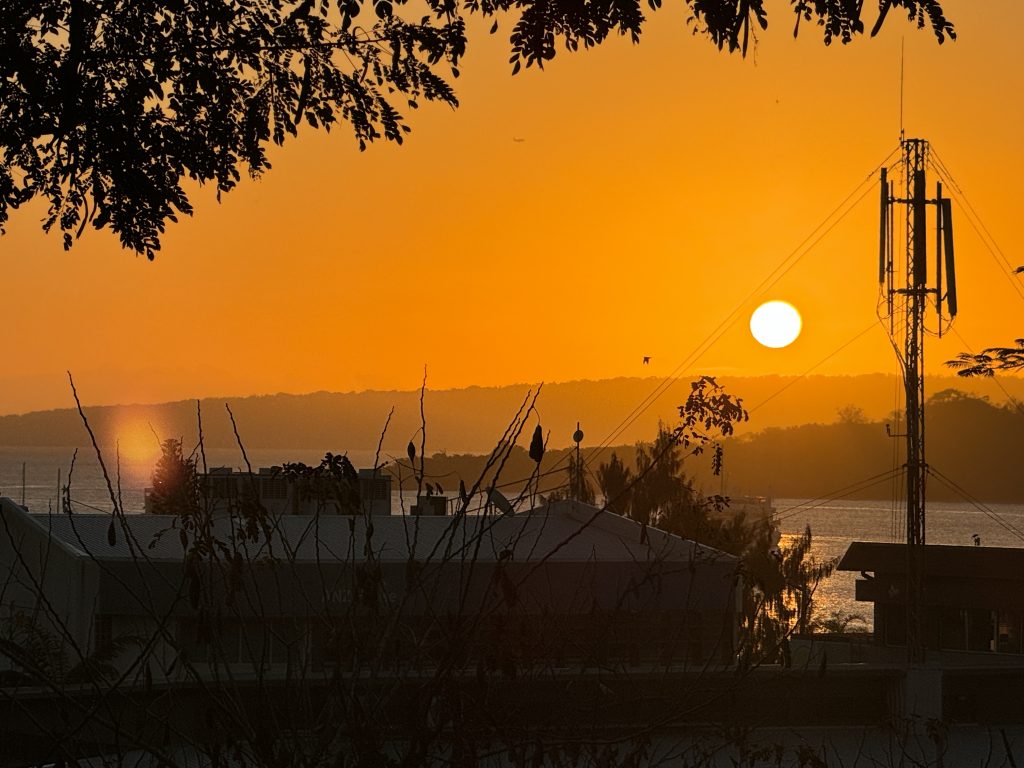
An Inter-Island Flight Between Efate and Tanna
I flew from the island of Efate, where the capital city is, to the volcanic island of Tanna, one rainy morning. This was perhaps the smallest (and scariest) flight of my life.
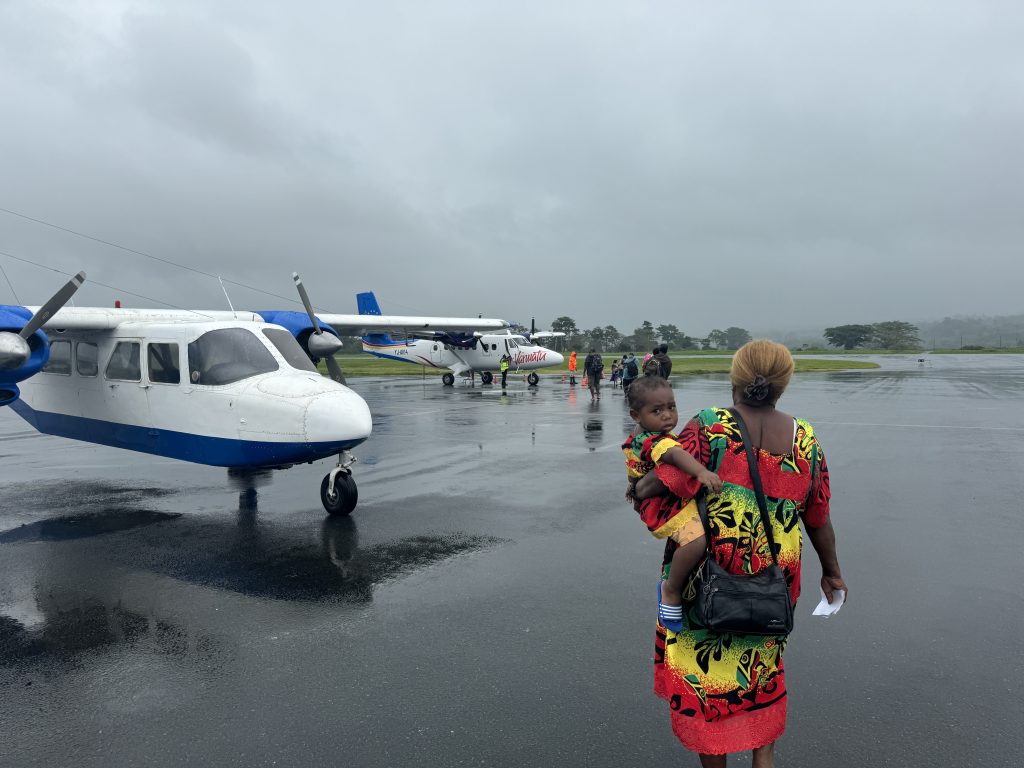
Soon the fog of Efate cleared and the astounding reef color of Tanna's coast came into view.
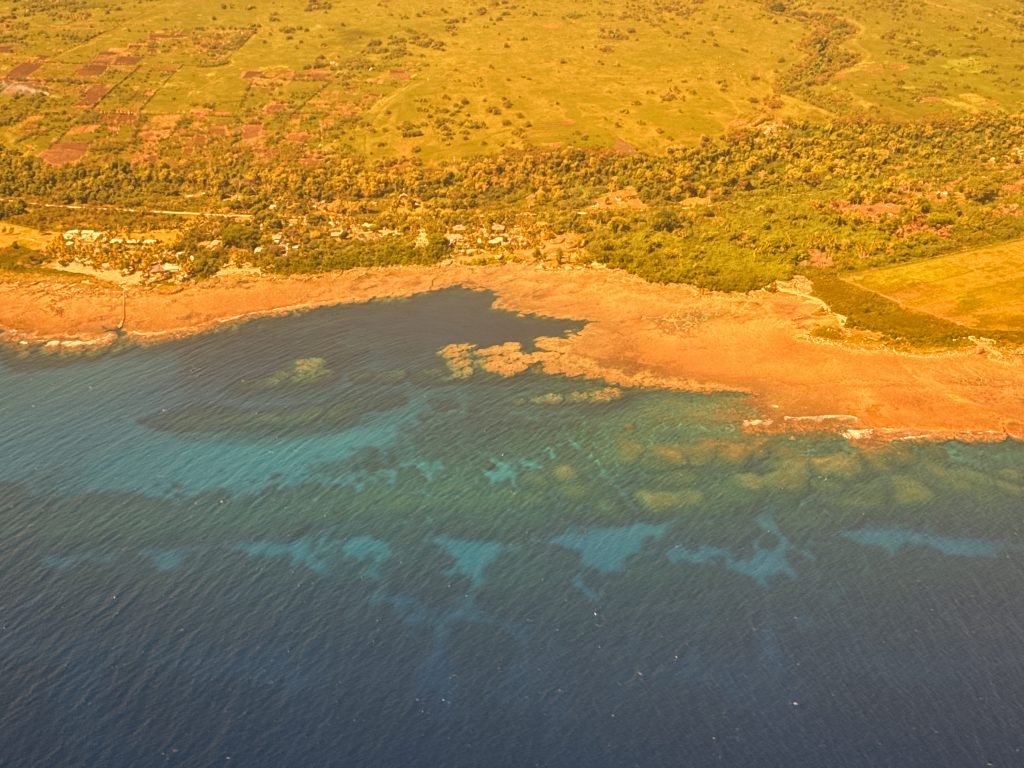
At one point the plane made a strong banking turn that allowed me to take this shot directly over a more rocky portion of the coast.
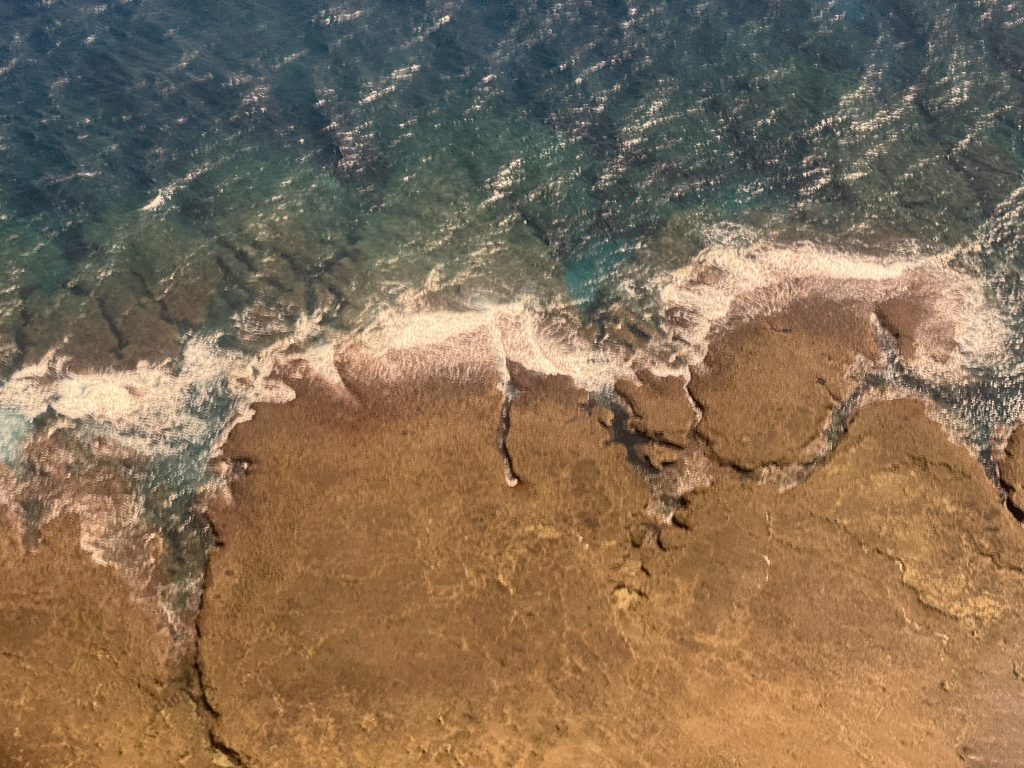
Air Vanuatu, the national carrier, had only just resumed operations by the time I landed on Tanna's airstrip. Notice that our flight of ~16 people was being awaited on by a group of curious locals.
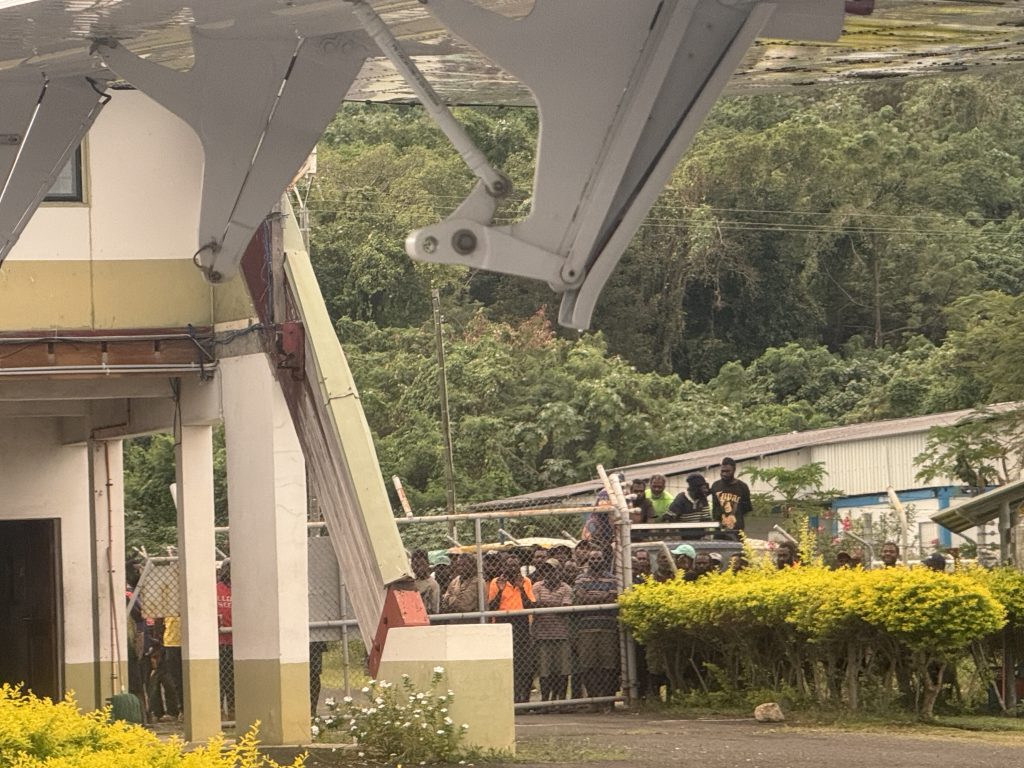
Mt. Yasur (Island of Tanna)
The island of Tanna, seen from the top of Mt. Yasur, an active volcano.
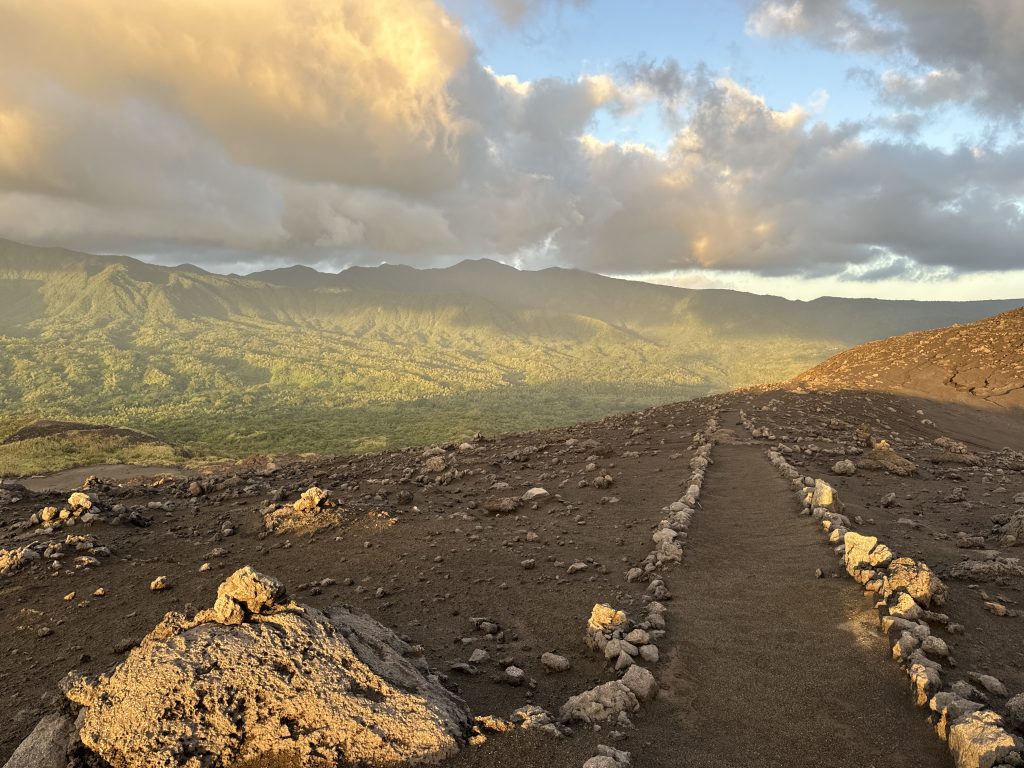
Mt. Yasur is perhaps one of the most active volcanoes in the Pacific Islands. Here is the caldera an hour before sunrise. The dark sky means at at night, the red glow of Yasur can be seen all throughout the island.
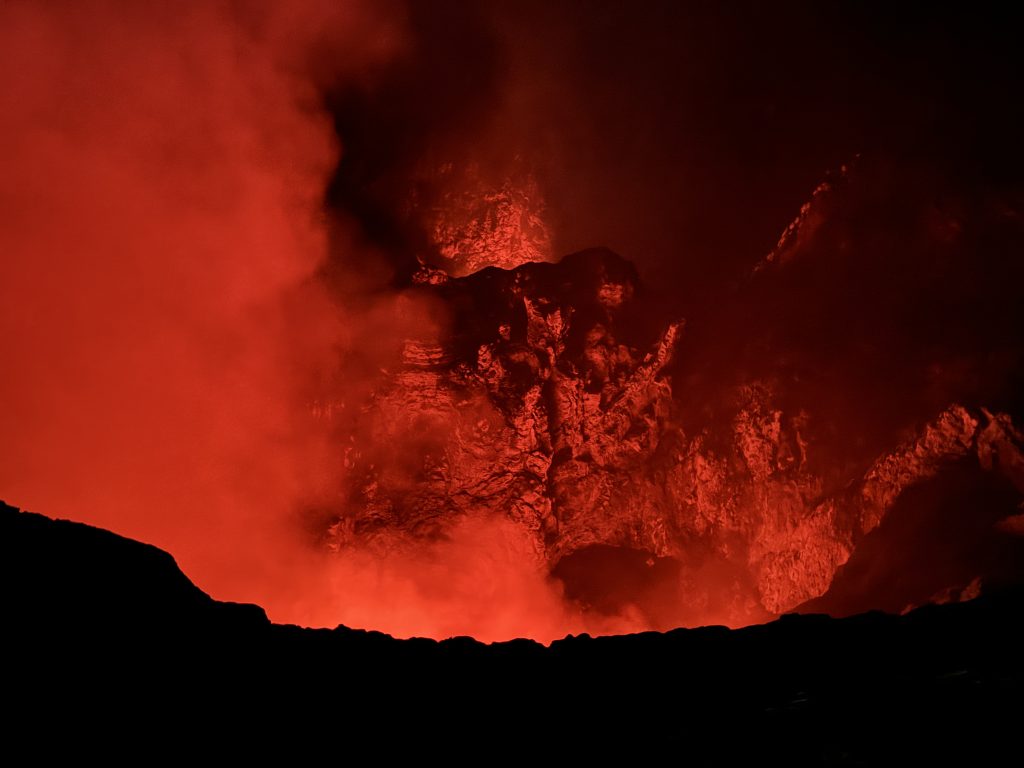
Cloudy day atop Mt. Yasur, right after sunset
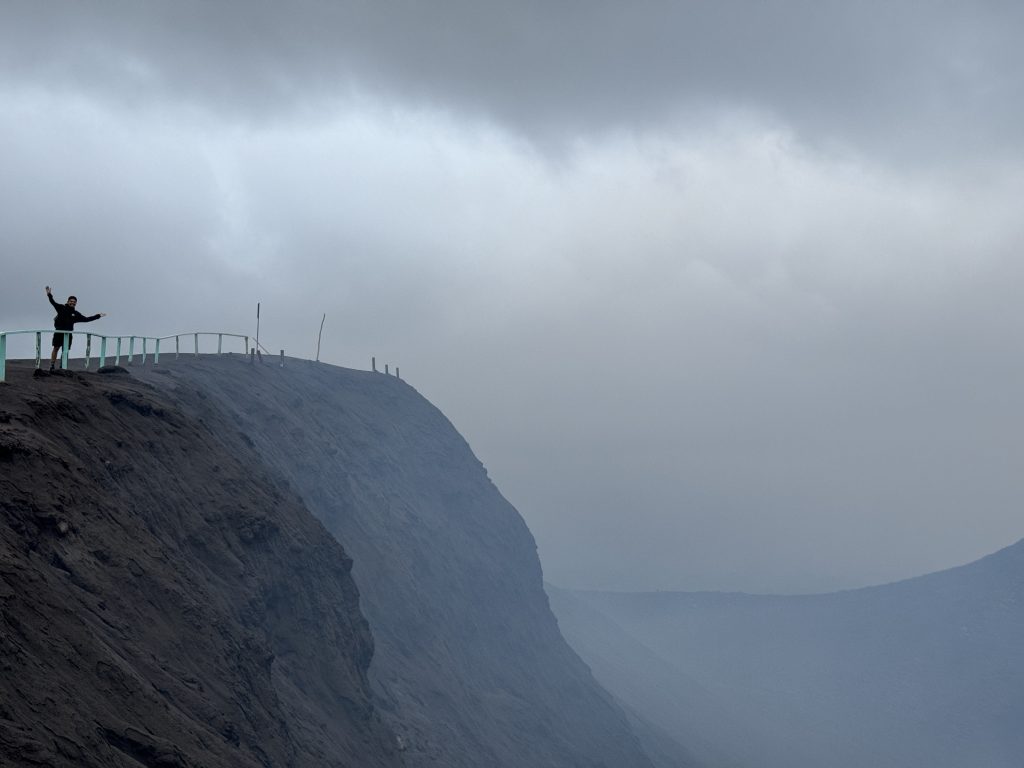
Sunrise over the Mt. Yasur caldera diminishes the visual effect of the volcano's night-time red glow significantly.
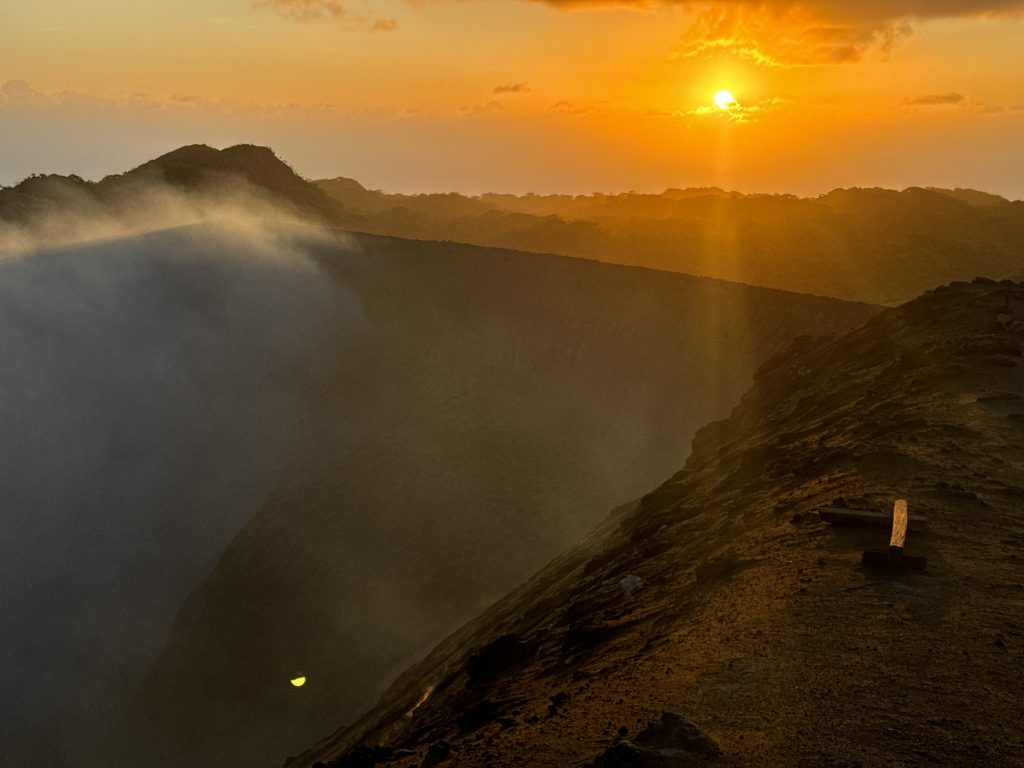
A stroll around the base of Mt. Yasur
Graffiti (?) on this concrete wall next to the dirt road entrance to Mt. Yasur depicts a male Ni-Van drinking kava from a coconut shell.
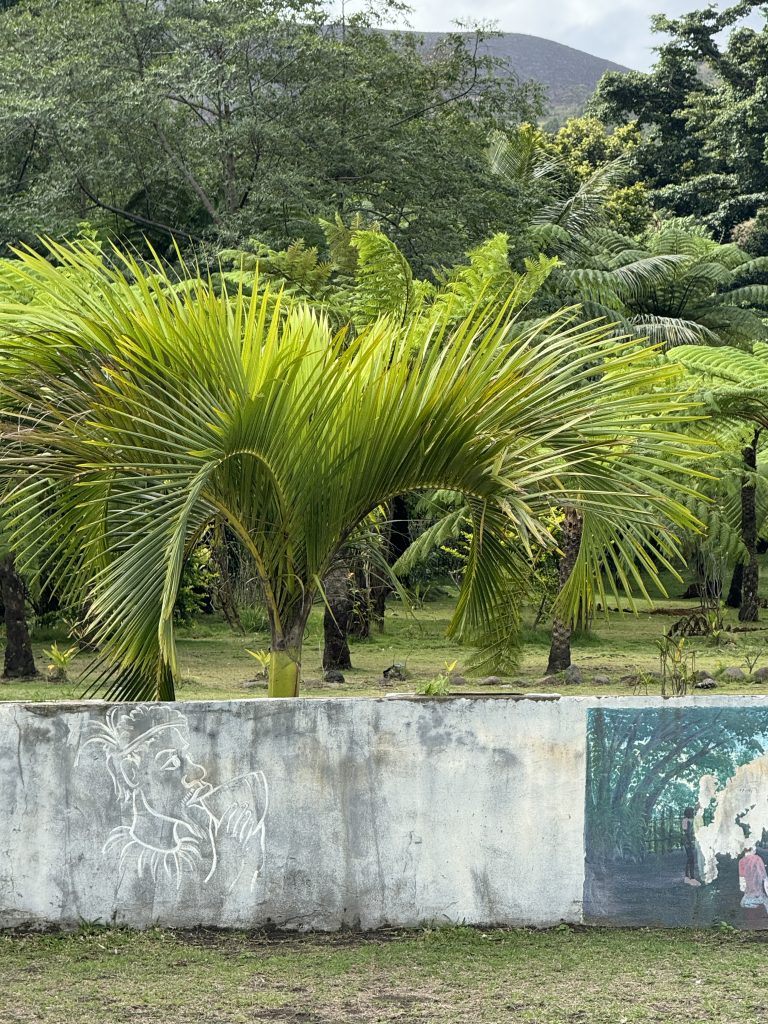
While walking around and into the bush nearby, I stumbled upon a huge banyan tree.
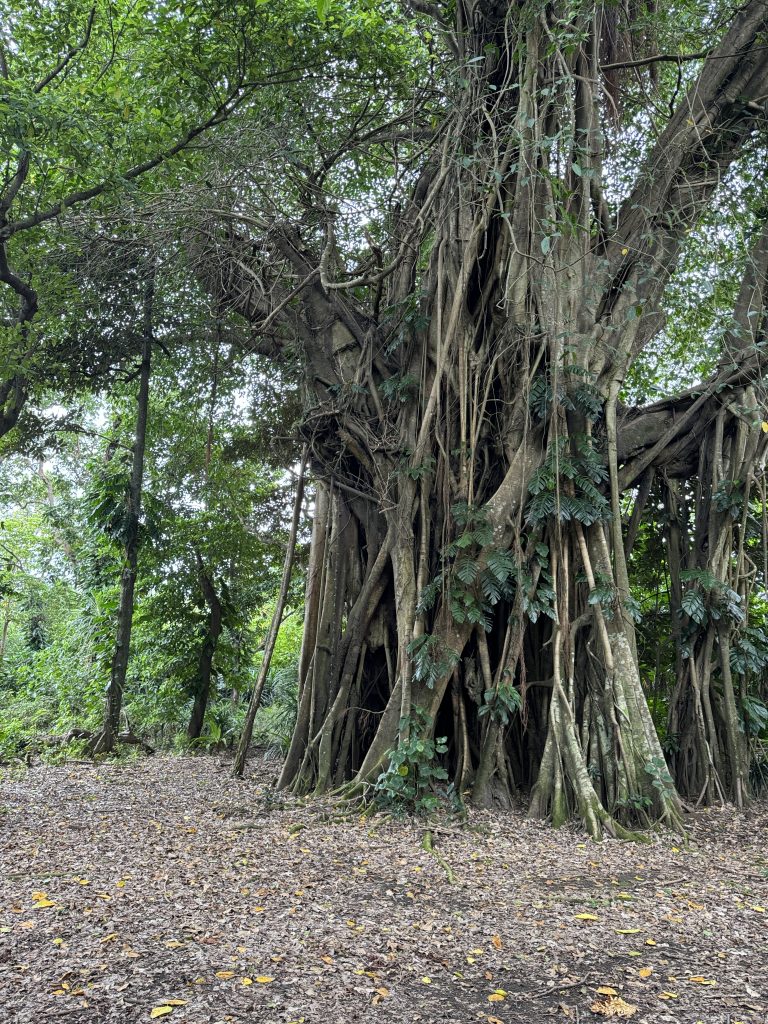
Hollowed-out coconut shells concentrated in one area nearby further suggested that this site was used for kava consumption at night.
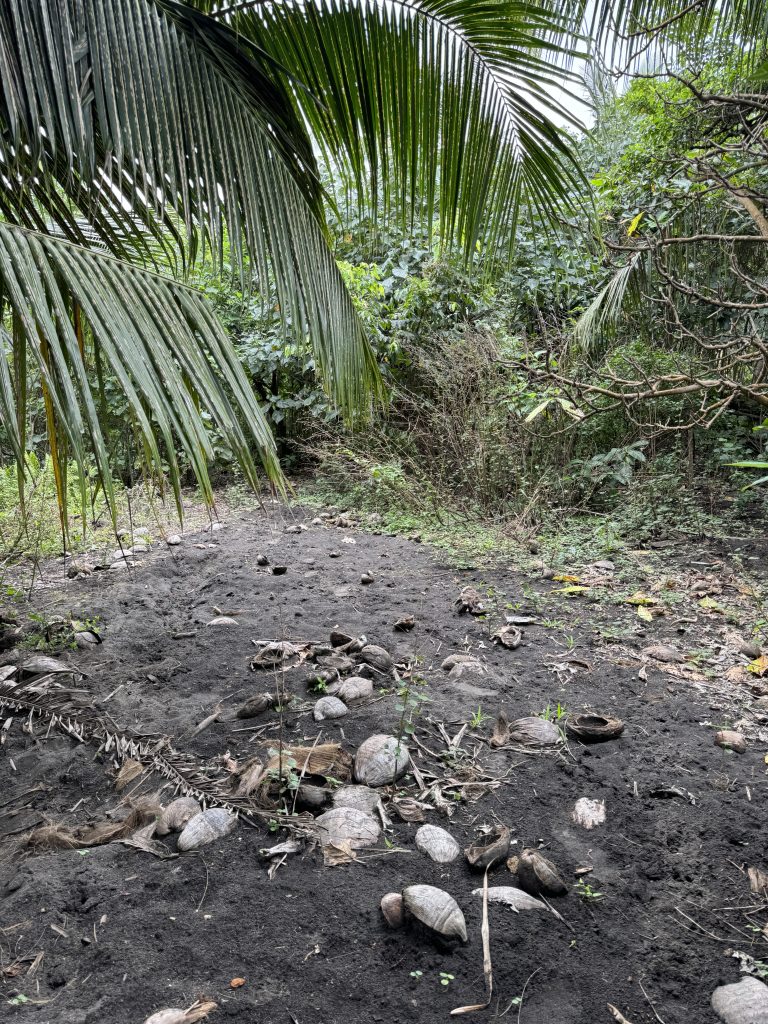
Mt. Yasur re-emerged into view from a clearing. By far the most distinctive geographical feature on the island.
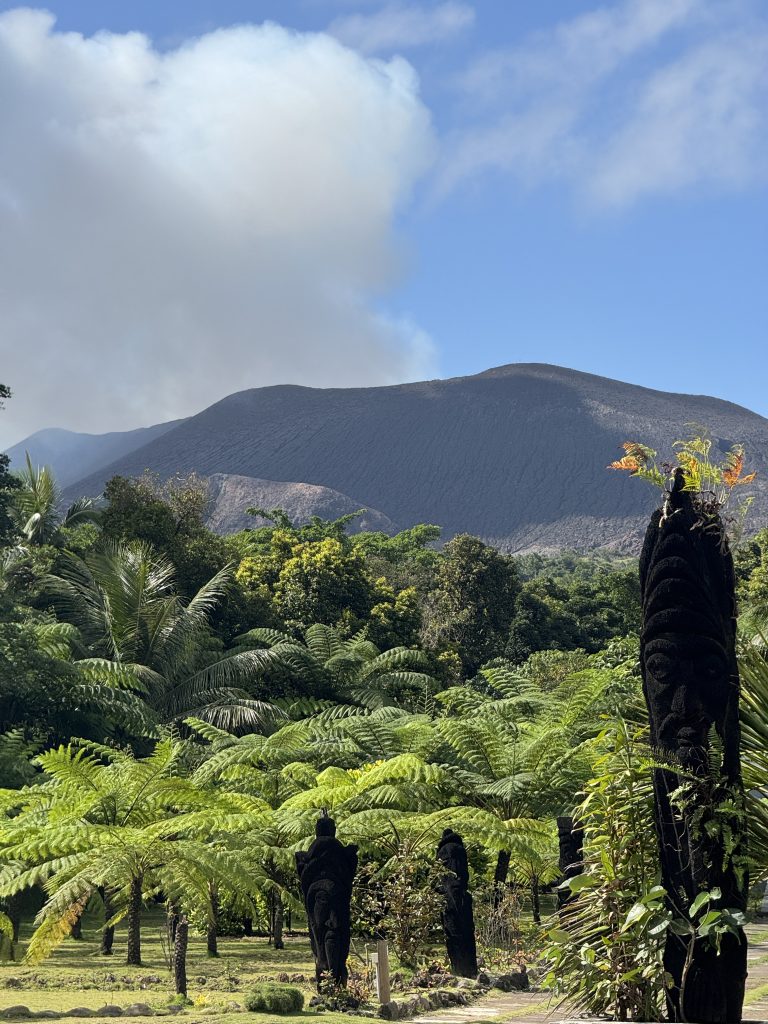
Lamakara (Island of Tanna)
The American flag flying in the small village of Lamakara.
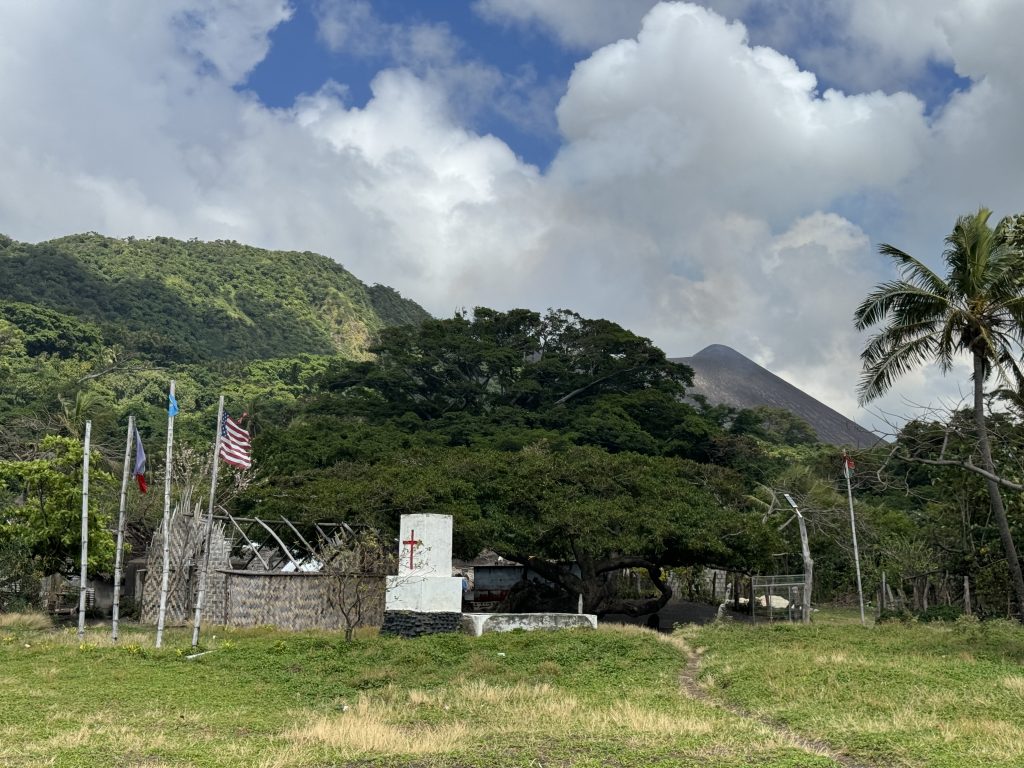
America remains a highly respected country on this side of Tanna island, nearly a century after the end of U.S. troop activity in the Pacific theatre of WWII.
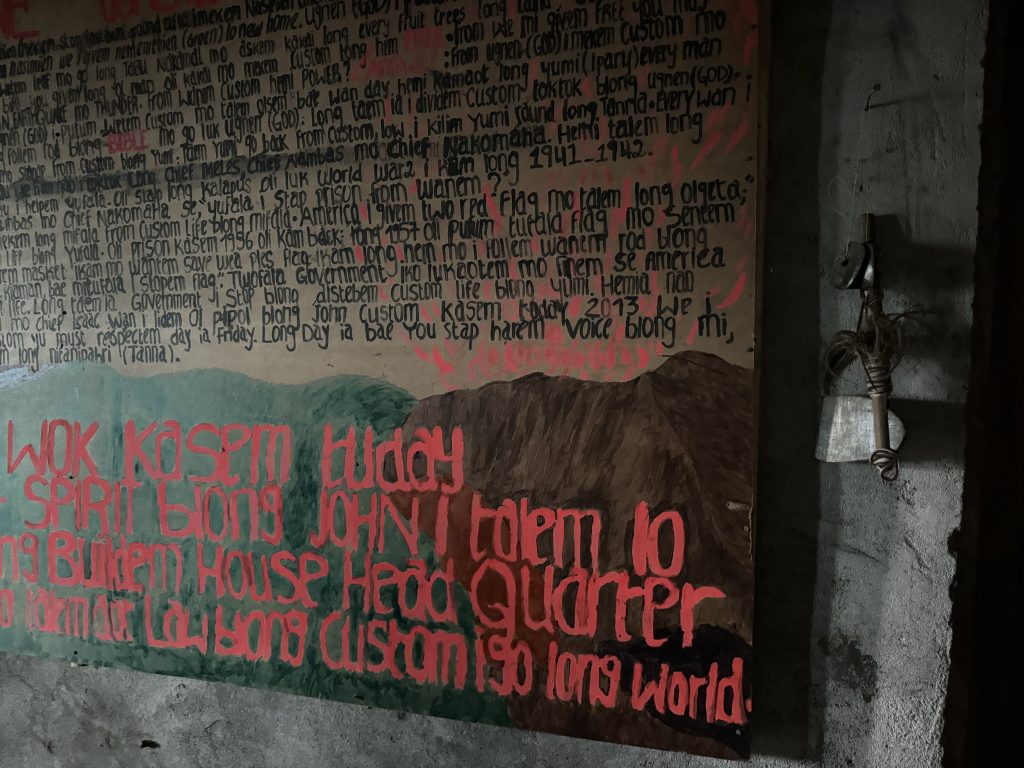
Lamakara is a special place on the island of Tanna. As the invited guest of one village member, I I was careful to be respectful of local tradition the entire time I was there, and always made sure to ask for permission every time I took a photo.
On Friday mornings, the villagers (including the children) stay up the entire night to sing and engage in cultural activities.
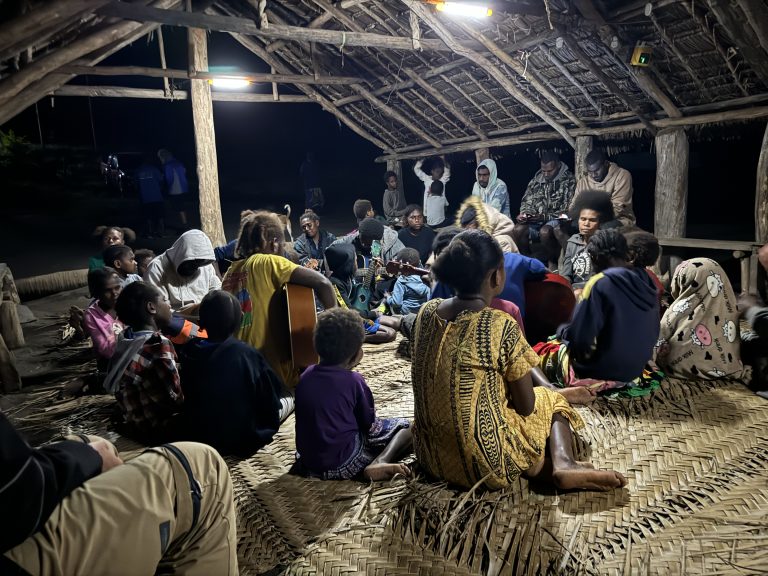
The next Saturday morning, it was time for me to leave Lamakara. I will forever be grateful for the hospitality I was given here.
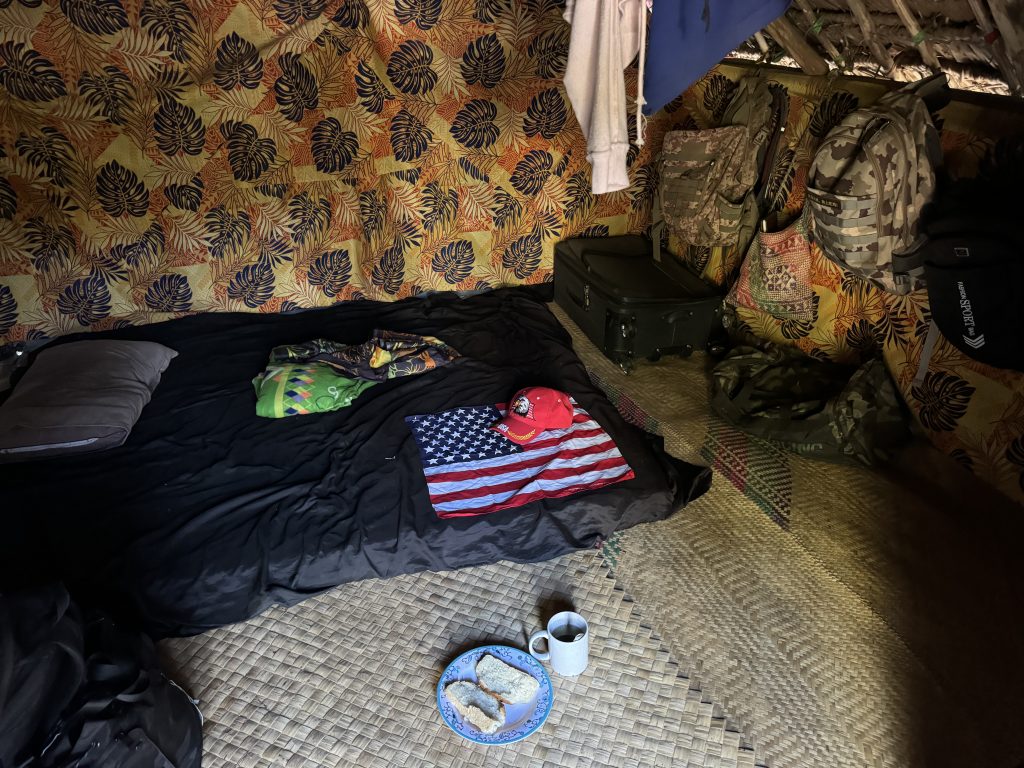
The long way, clockwise, from Lamakara back to the east side of Tanna, where the island's airstrip was. Notice that the island of Aneityum can be seen on the horizon. Also notice the bark of this palm tree.
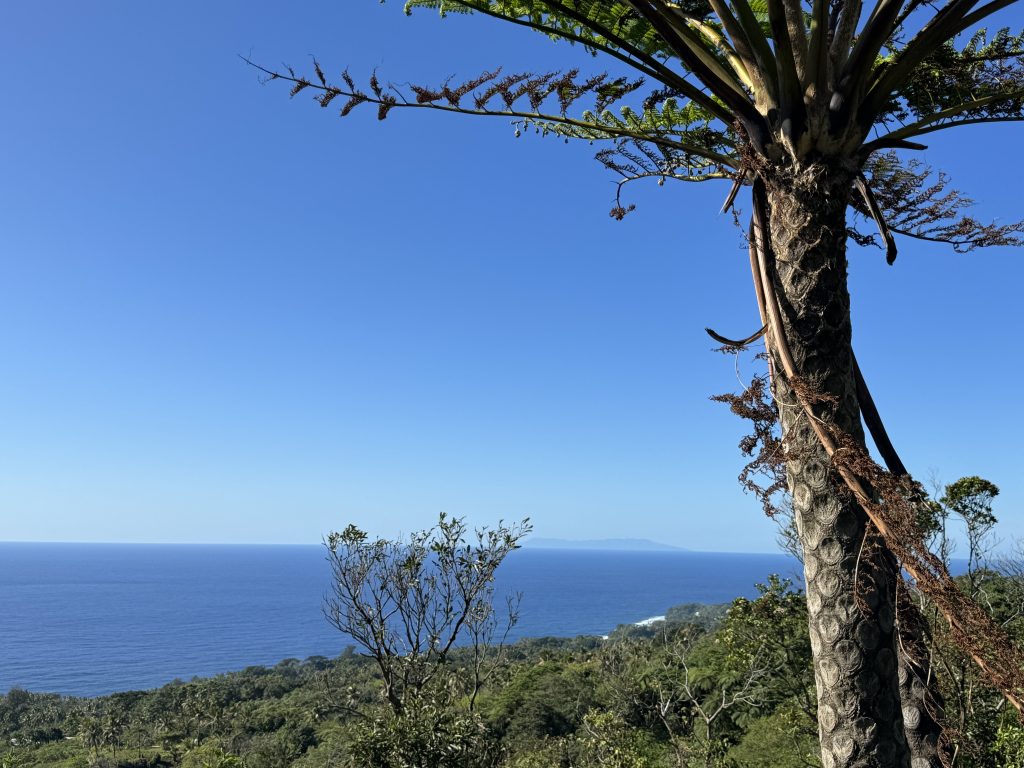
Tanna'a southern coast was amazing and the volcanic, black sand/rock was reminiscent of the Puna district on the southeastern point of Hawai'i Island, also a volcanic hotspot.
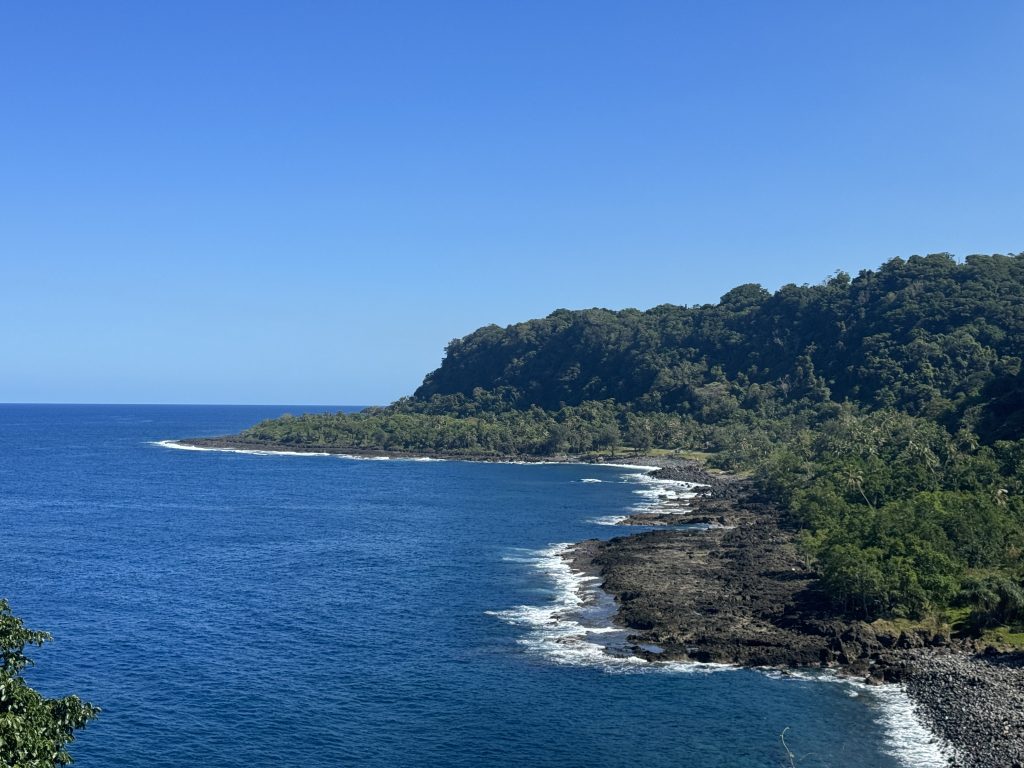
Mt. Yasur could still be seen from the southern Tanna oast.
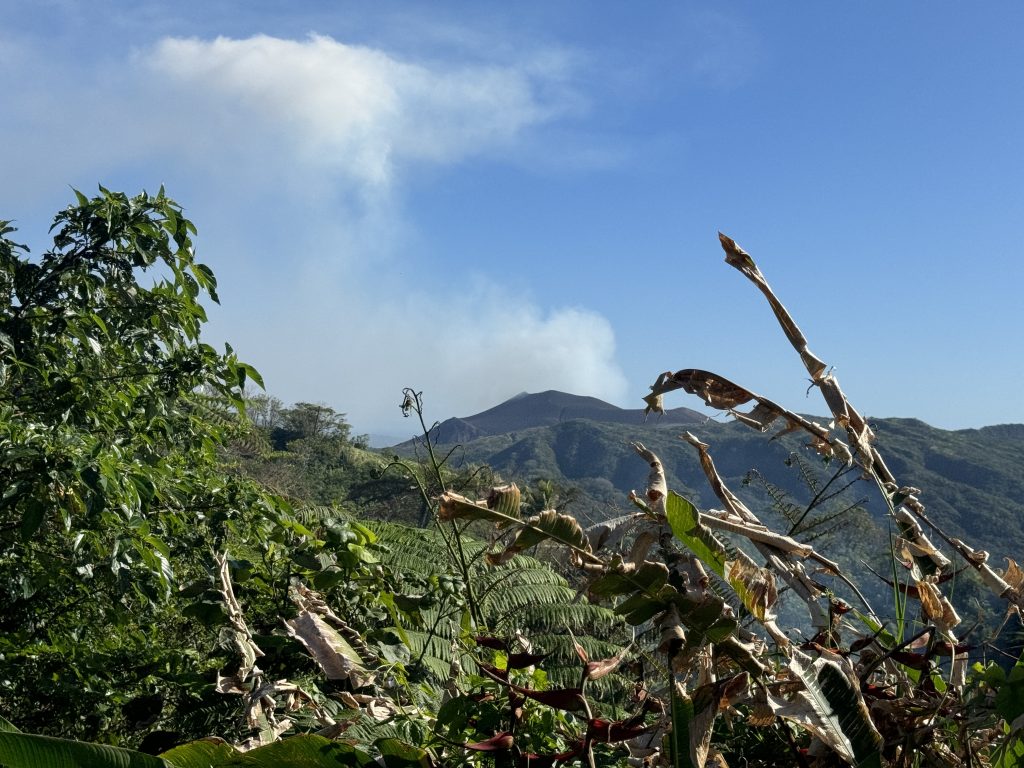
The Tanna ring road was extremely hilly but at times, also oddly pristine, due to recent foreign investment in Vanuatu.
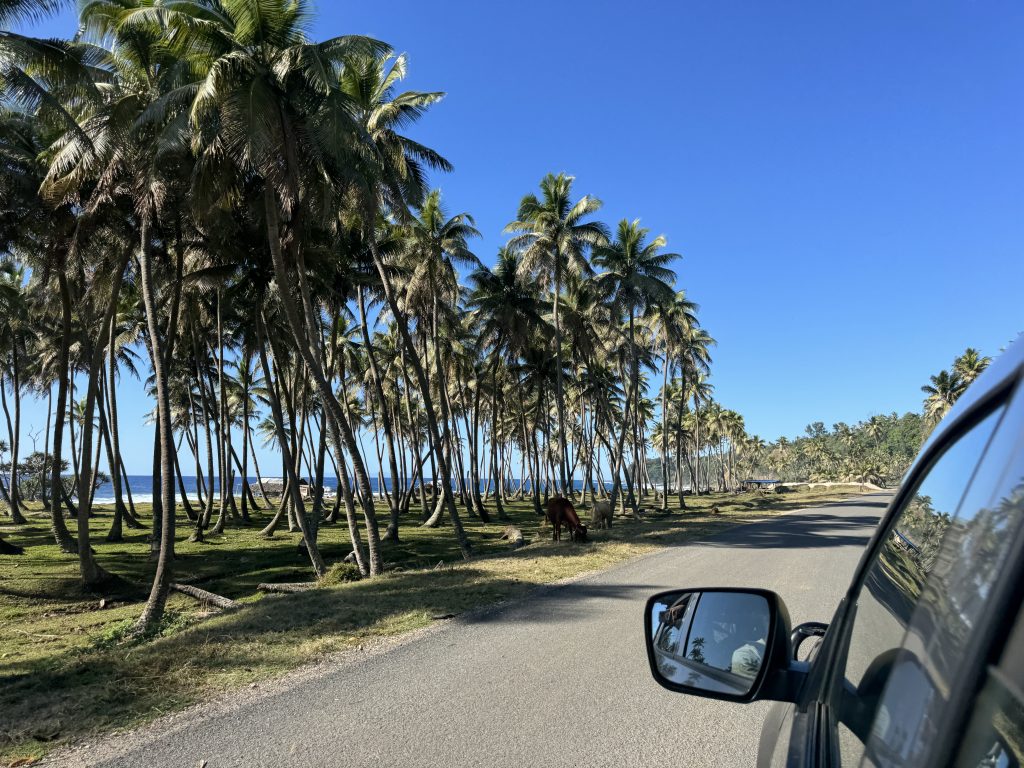
Approaching the Tanna island airstrip, past a man cultivating his crops.
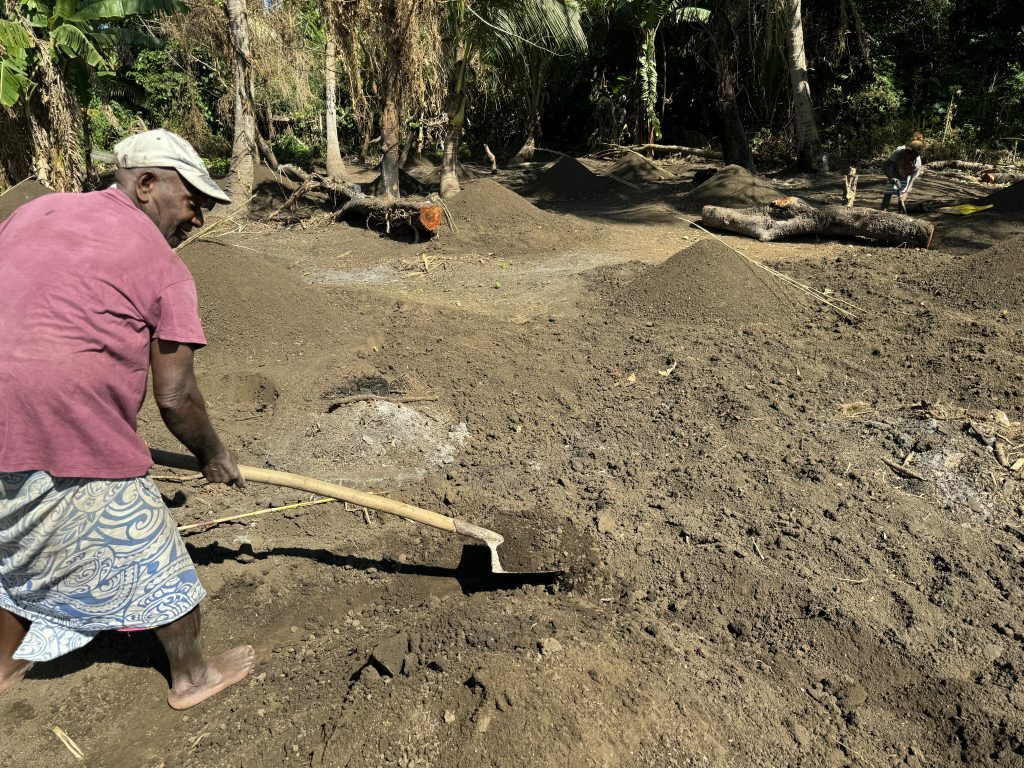
A Closer Look at the Port Vila Market and Harbour
A makeshift hospital room, located at the Port Vila market. Notice that some of the text on the is written in Bislama, an English-based creole language that is spoken widely in Vanuatu.
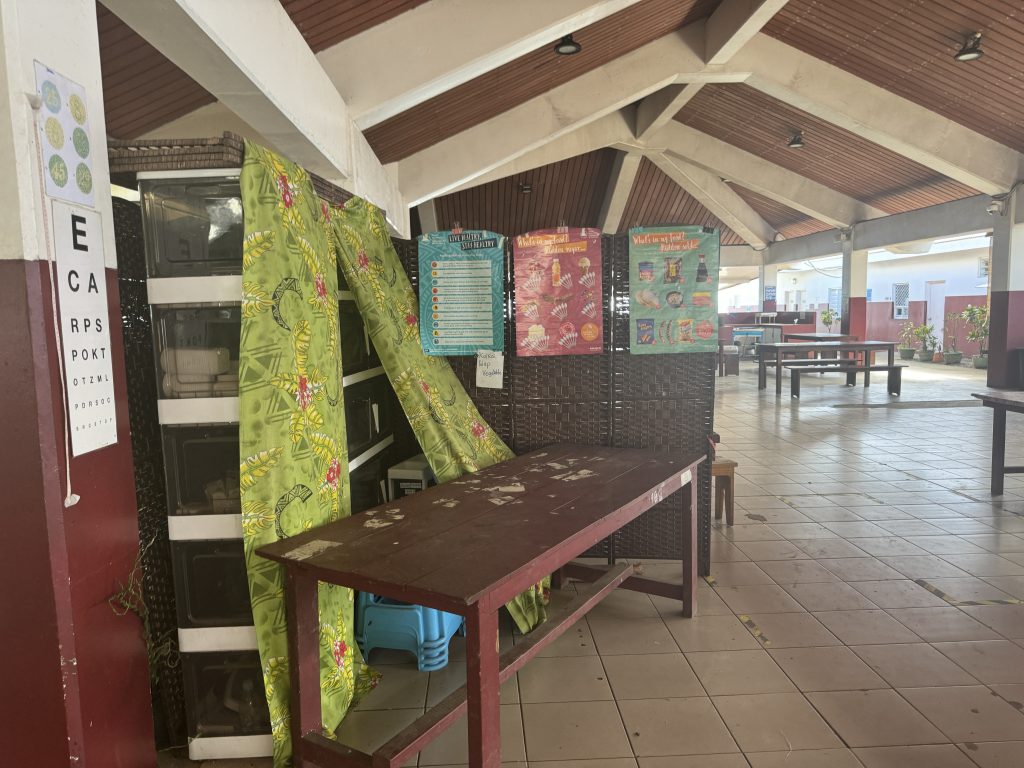
A banner adorned with national flag of Vanuatu, lying in the wind near the market.
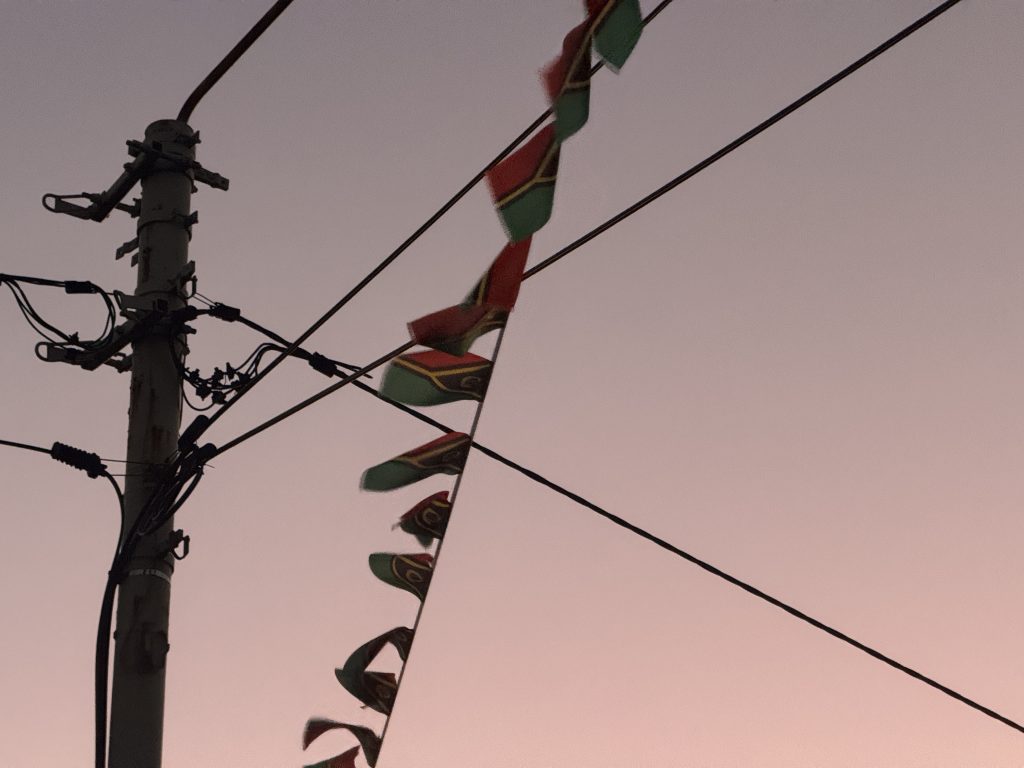
A price list was available throughout the many stalls of Port Vila's public market. As of late 2024, 1000 VT are equivalent to about $8 USD.
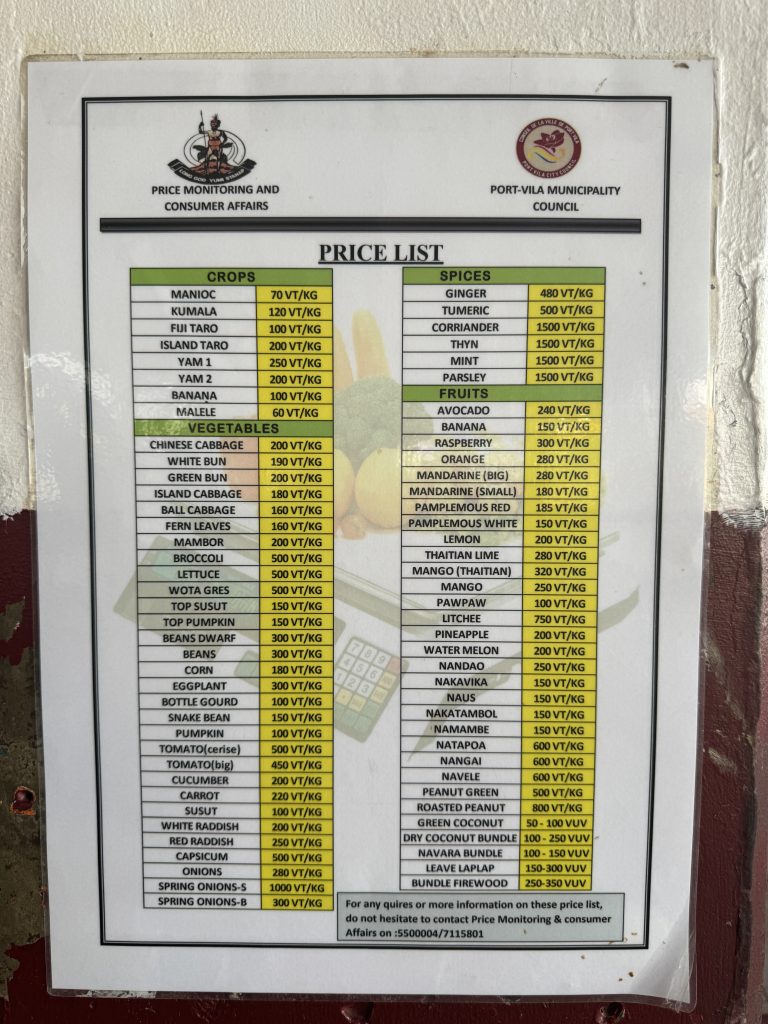
A moorish idol in the harbor, which appeared in 2003's Finding Nemo. This fish, which does not do well in captivity, is found throughout the reefs of the Indo-Pacific.
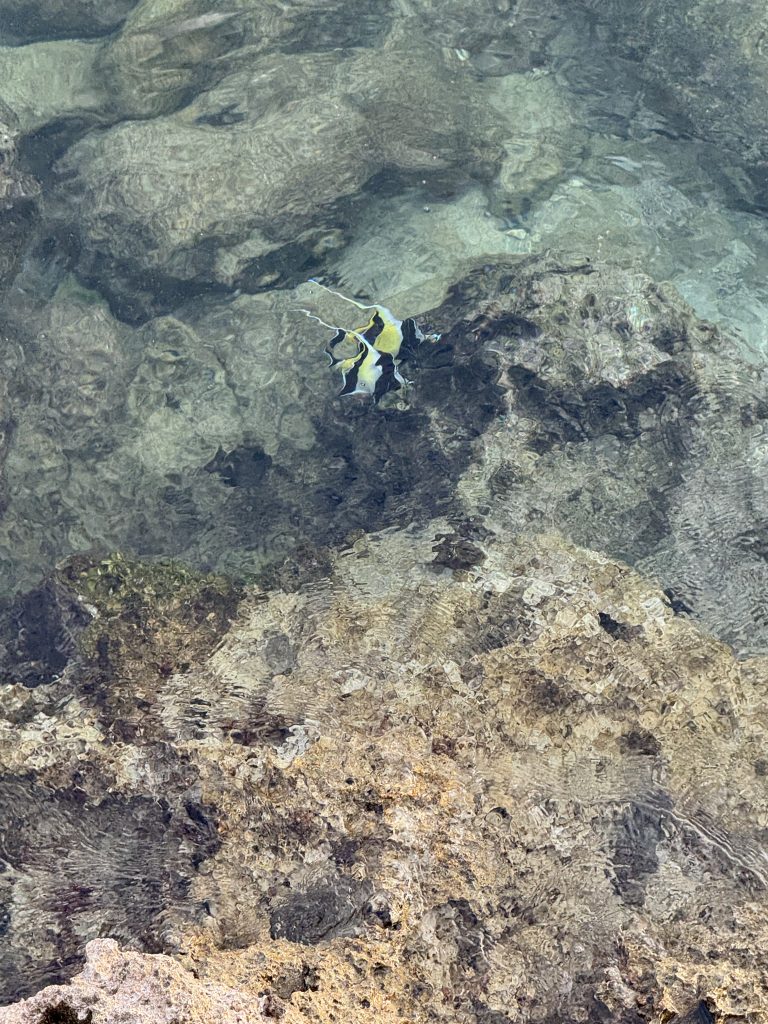
A downtown storefront in Port Vila, with a sleeping man under a canopy draped with the flag of Vanuatu. The country only achieved independence in 1980.
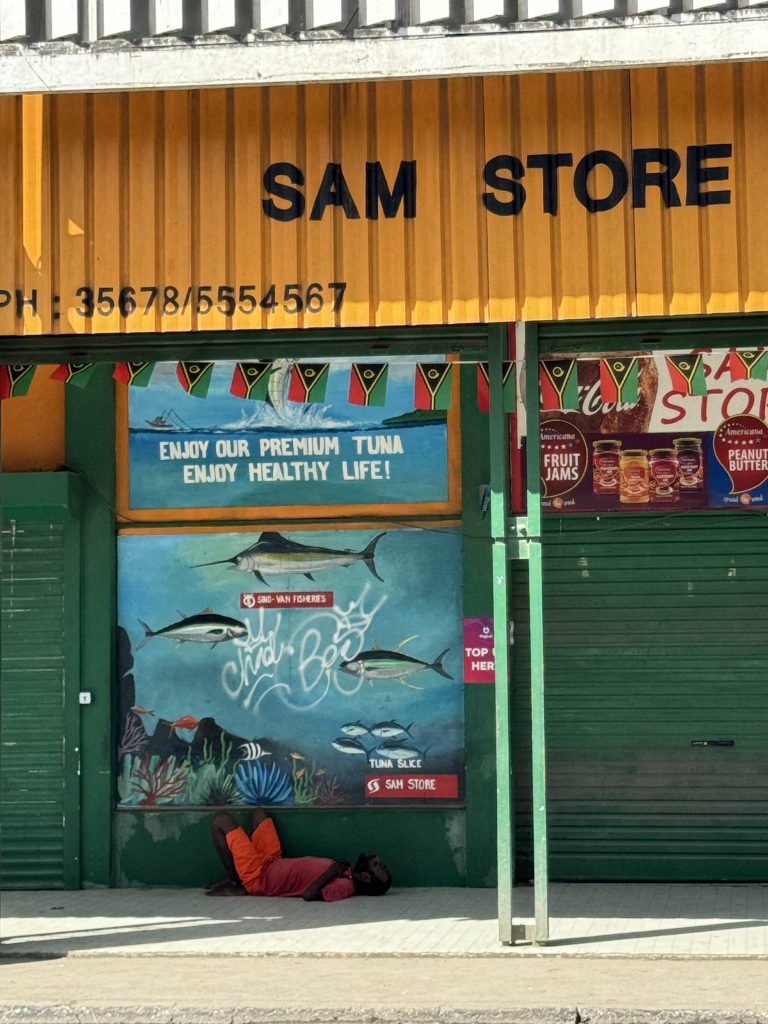
The Vanuatu National Museum
"Land Not For Sale/Graon Ia Ino Blong Salem"
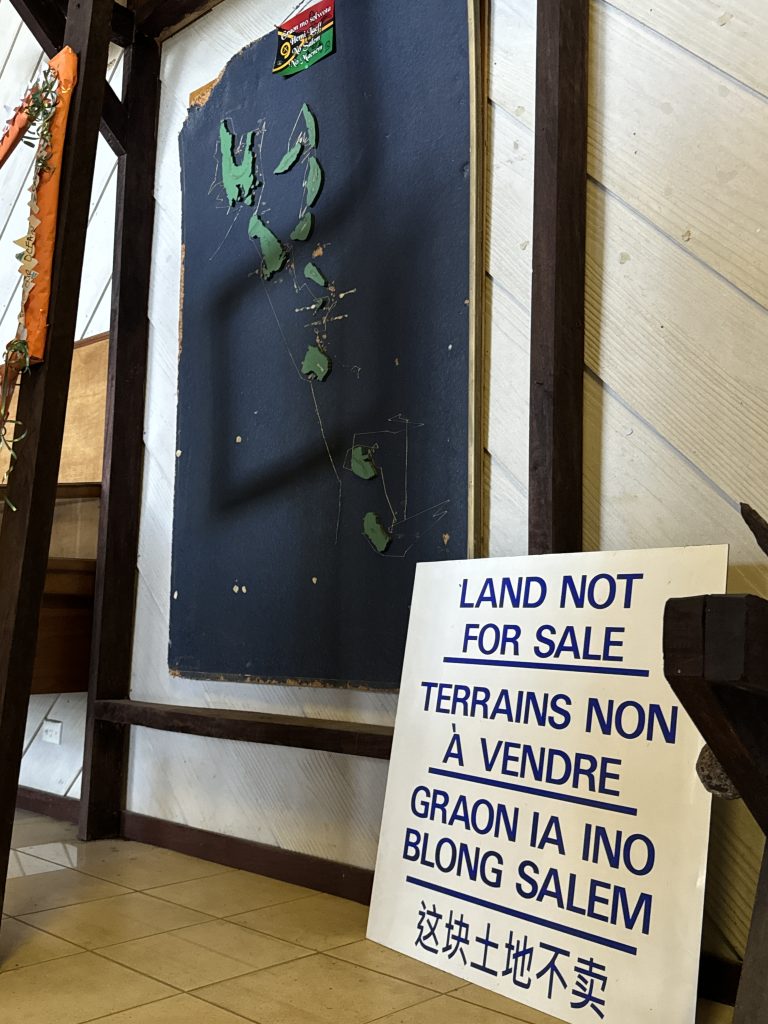
Bislama-Language Public Service Announcement
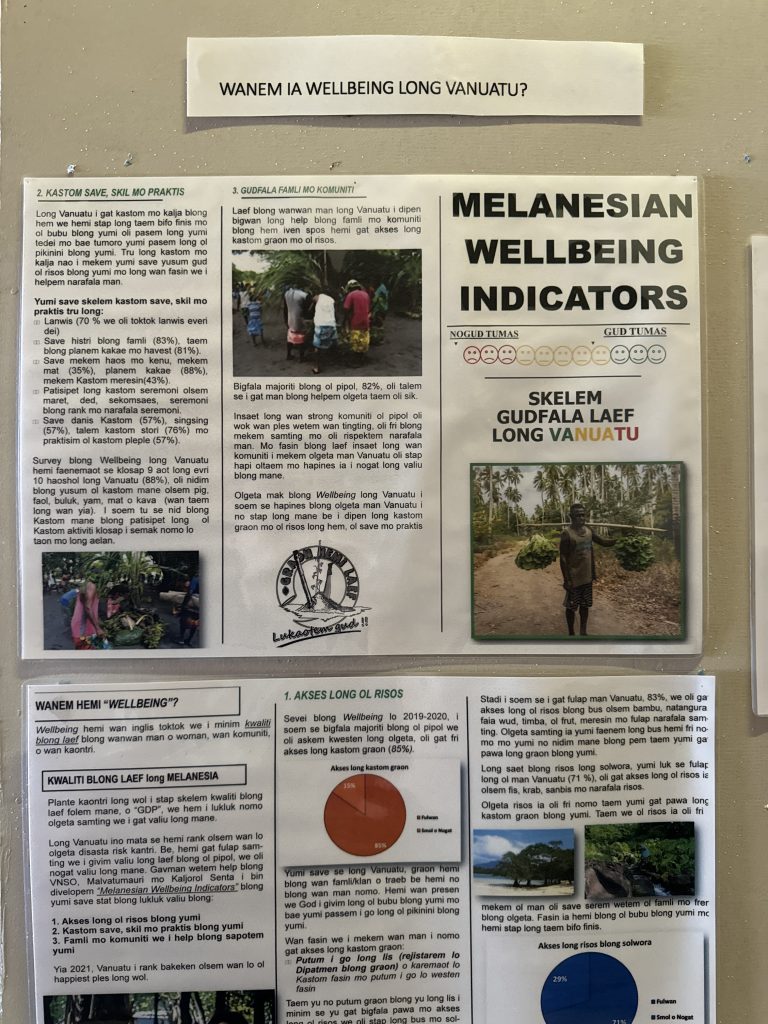
Lapita-Era Pottery
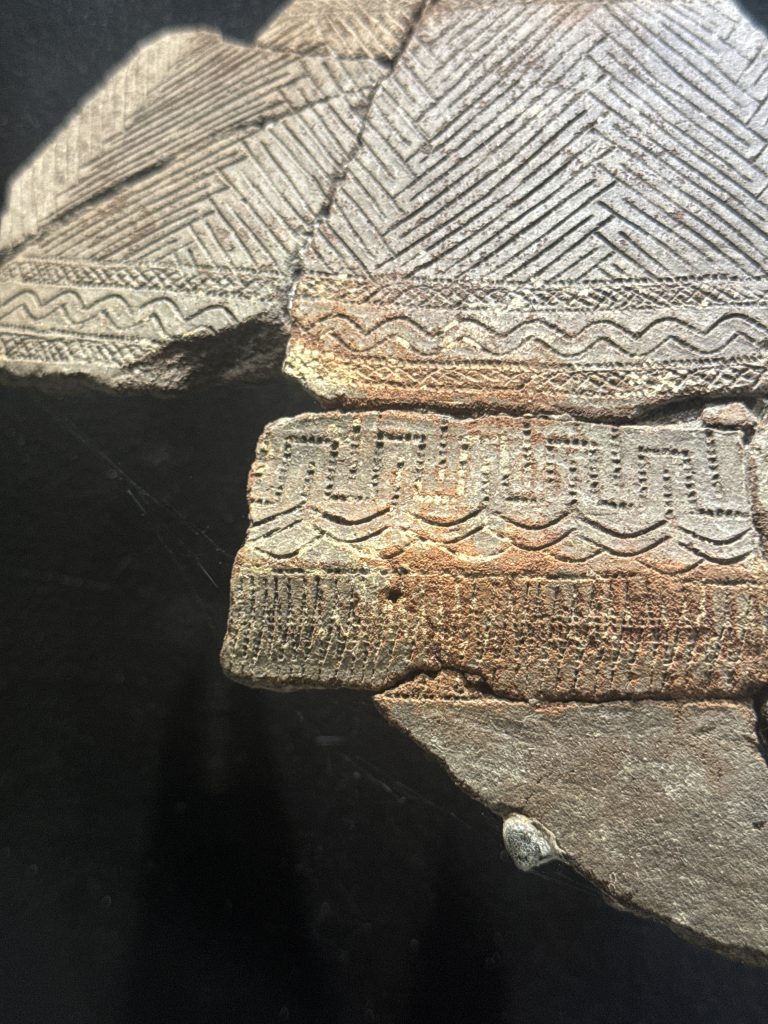
Republic of Fiji 🇫🇯
Nadi City (Island of Viti Levu)
I had a two-day layover in Nadi (pictured) but the city was very urban, sunny, and uncomfortably hot. So I decided to take a day trip to Suva, a much wetter and foggier city on the other side of Viti Levu island. Suva is the capital city of Fiji.
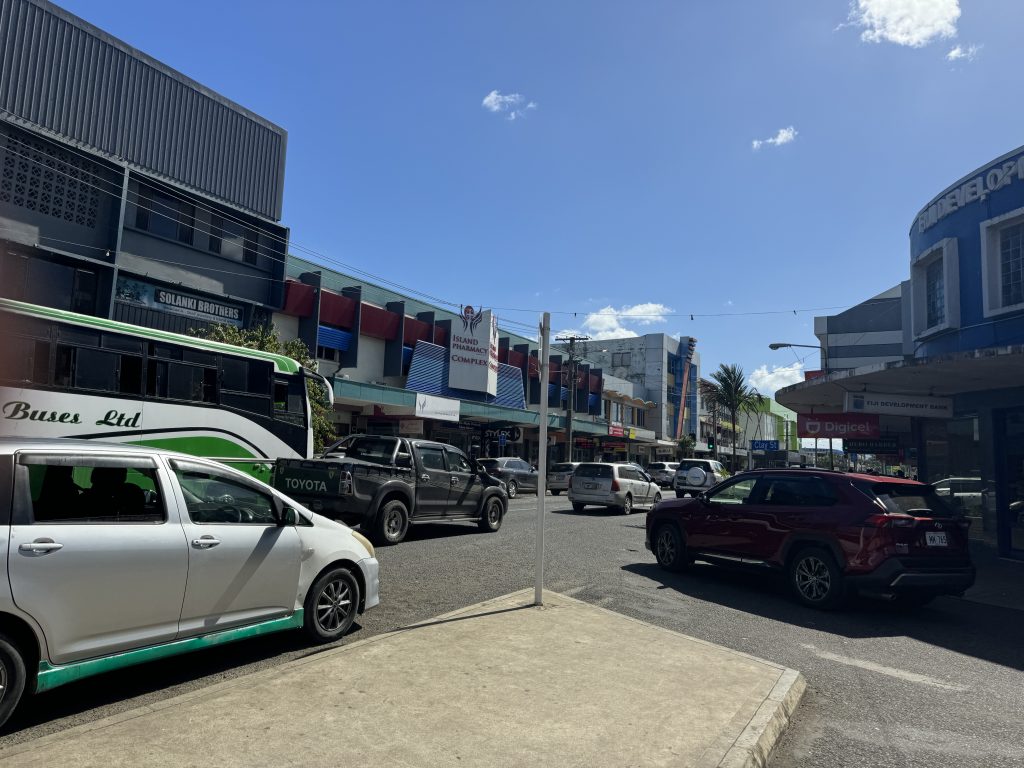
Sigatoka Town (Island of Viti Levu)
The bus system in Fiji is easy to use and multiple buses run between Nadi and Suva each day. The journey is a few hours and I fell asleep on the bus. But I was awake during a layover stop in Sigatoka, another small town on the southern coast.
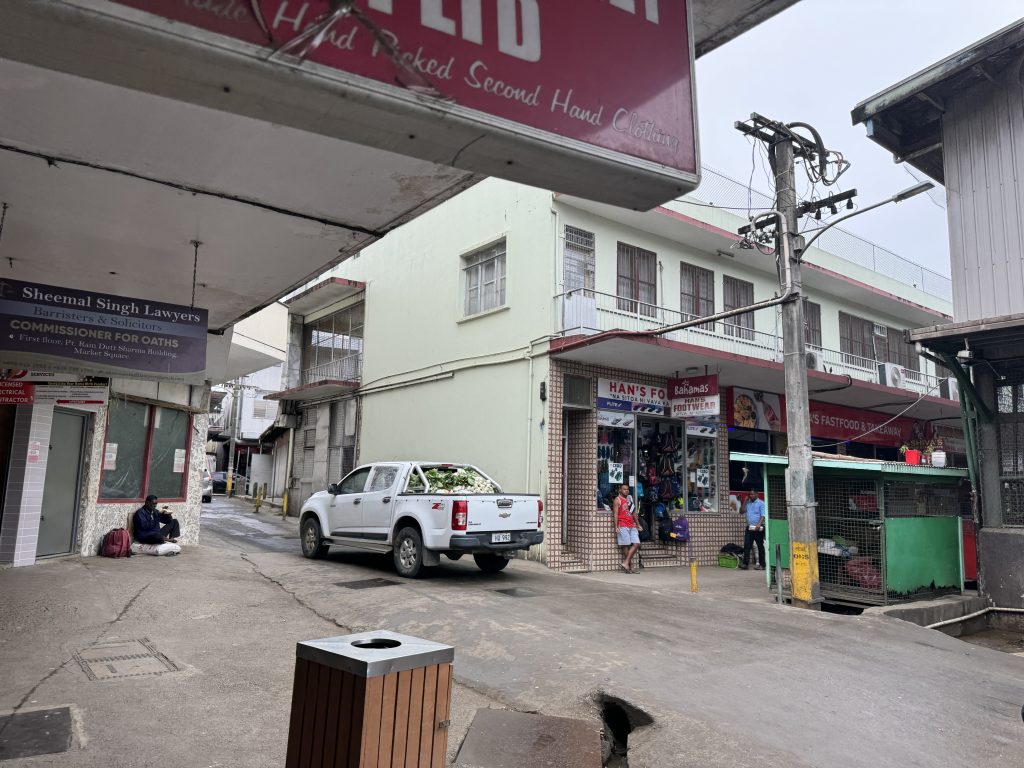
The Nadi-Suva Daily Bus Connector
The bus ride also briefly awoke me during a quick layover stop near a streetside vendor close to Suva, during a heavy downpour. I felt safe the entire time on the Nadi-Suva connector bus and had headphones plugged in.
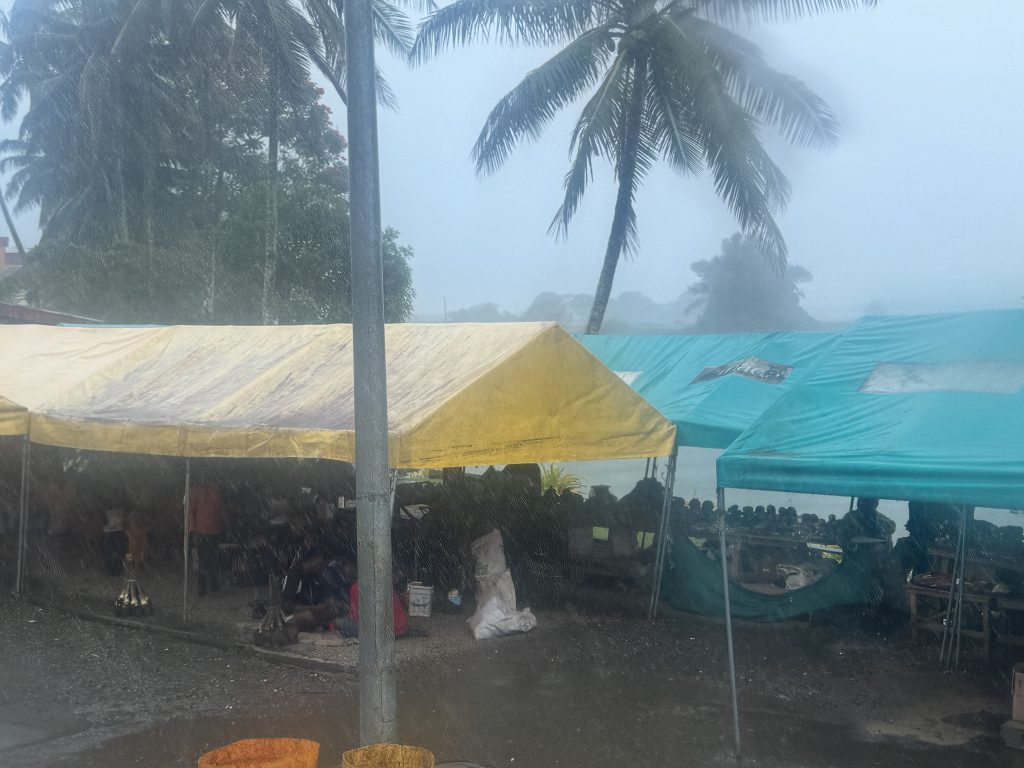
(Suva Capital City, Island of Viti Levu)
Soon the bus arrived in rainy, foggy Suva. It is sometimes called the "New York City of the South Pacific" due to its ethnic diversity. I saw islanders from Tonga, Samoa, Papua New Guinea, and other, smaller Pacific island nations.
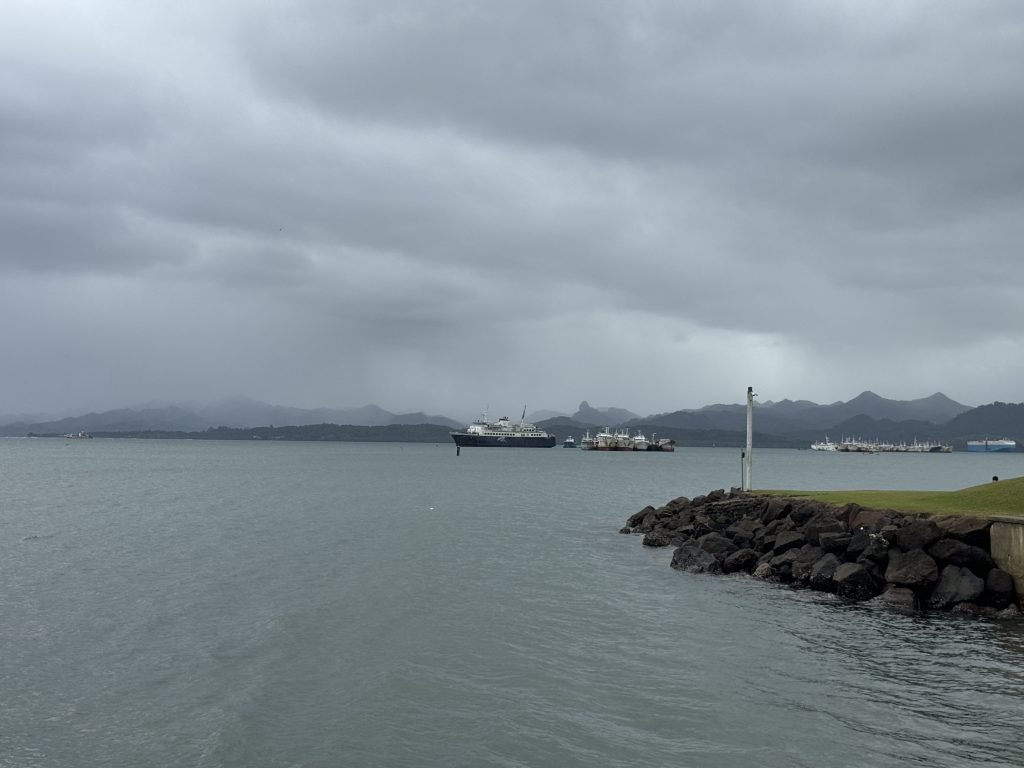
I went to the Fiji public market to buy some cheap fruits to snack on.
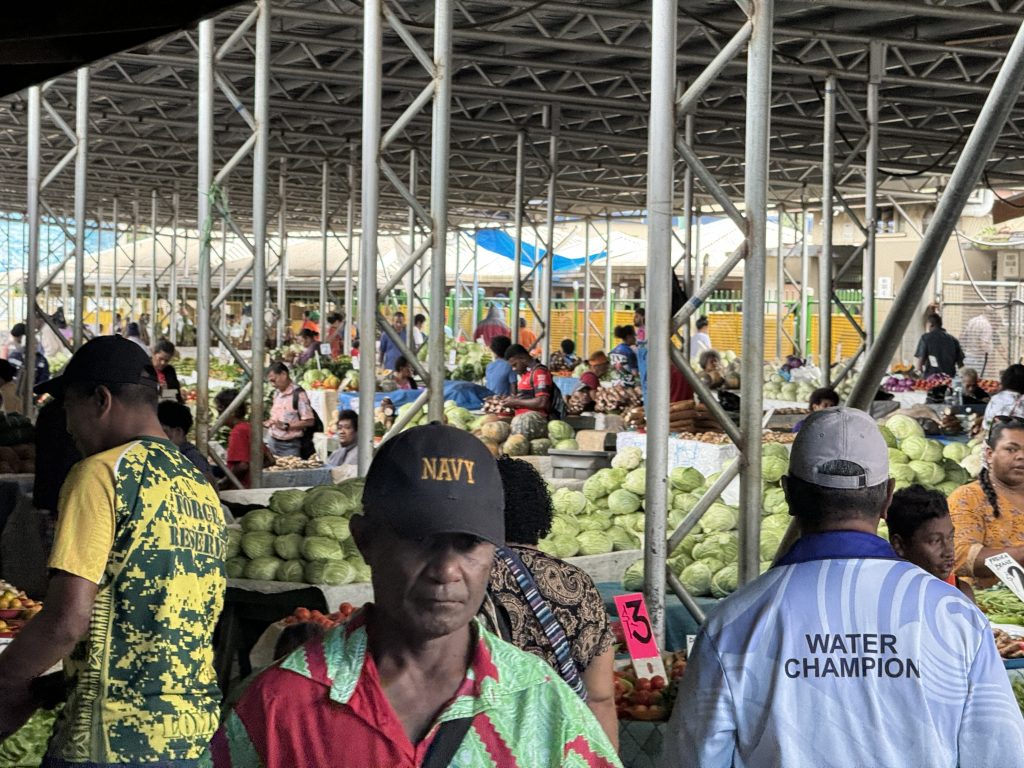
I walked past the old "Government House," built by the British, on my way to Fiji's national museum. Notice the clouds; this capital city is always rainy.
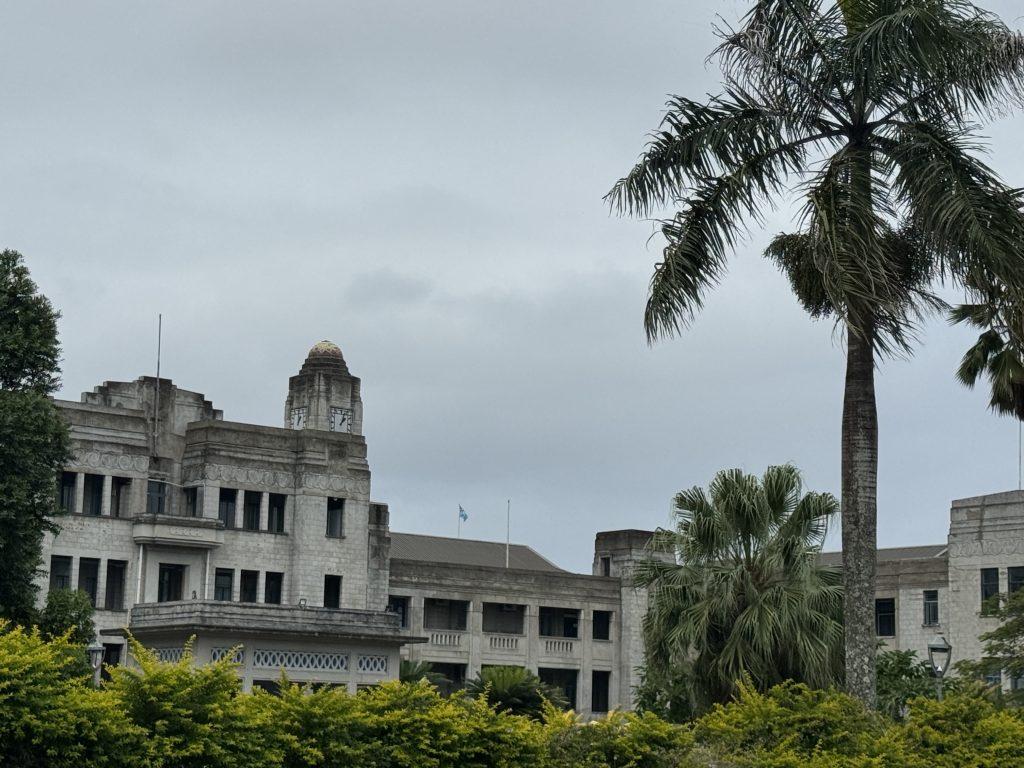
I paid a couple of Fijian dollars in order to swim in the Suva Olympic Pool,. I am a certified lifeguard, and there were no lifeguards on watch. I was the only one in the water.
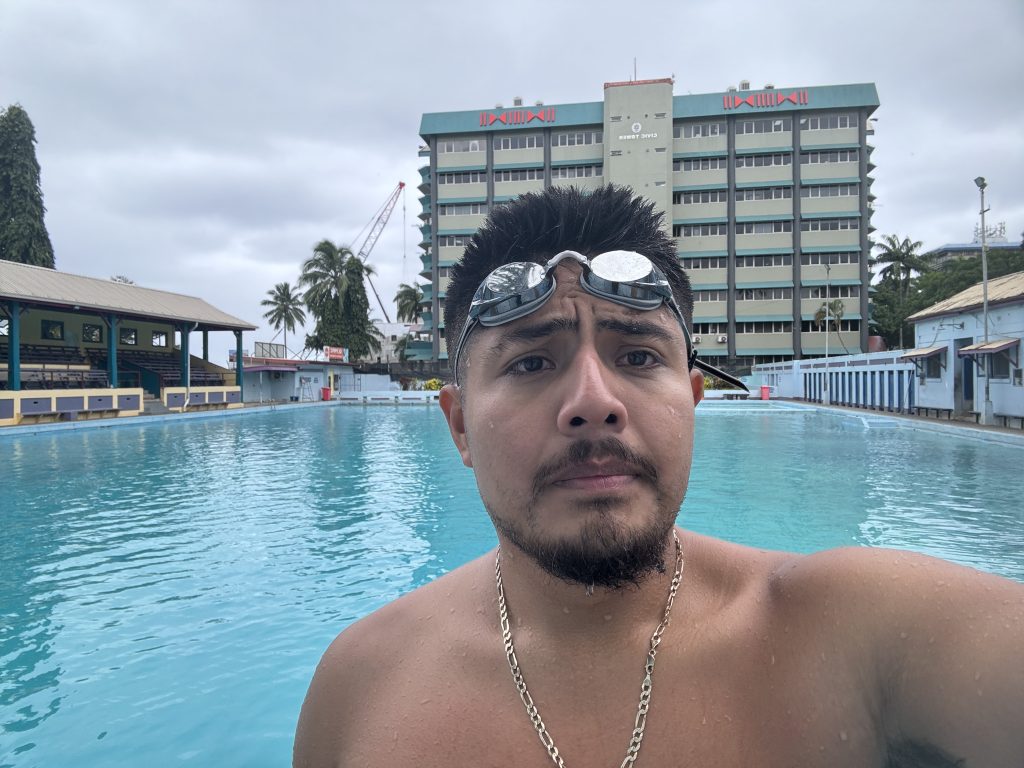
The Olympic Pool is next to the Fiji Olympic Bank and next to various historic buildings that the British had built in the past. You could tell that this area of town was the "flagship street" of Suva, and Fiji more generally.
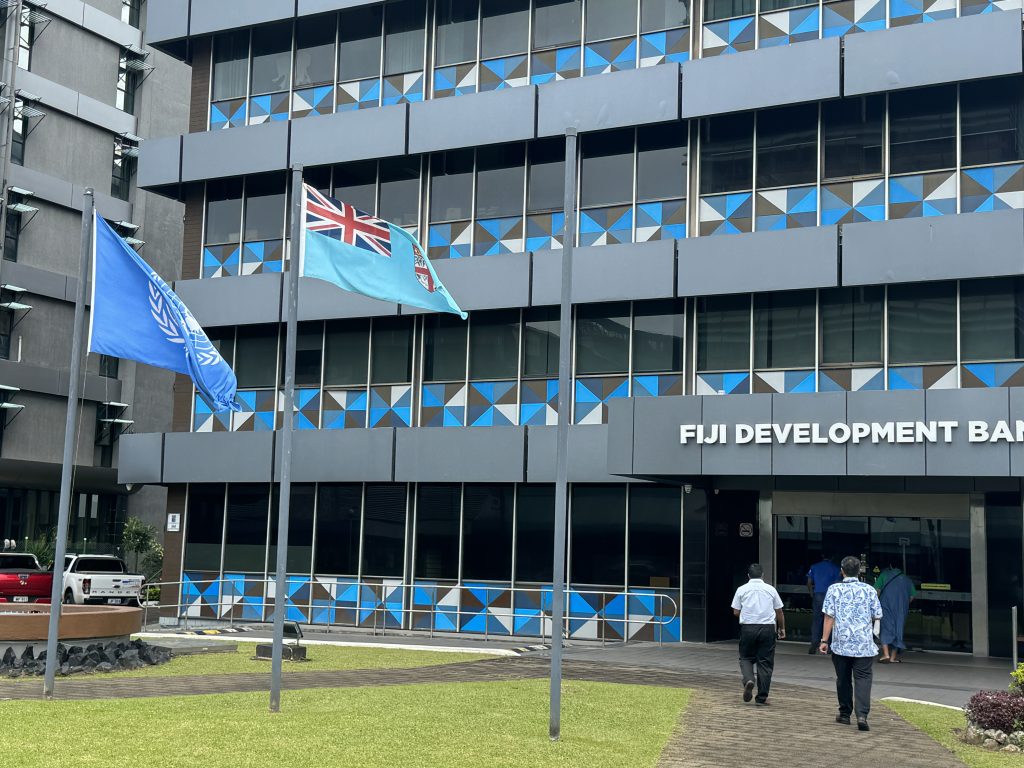
The food in the market was so good!
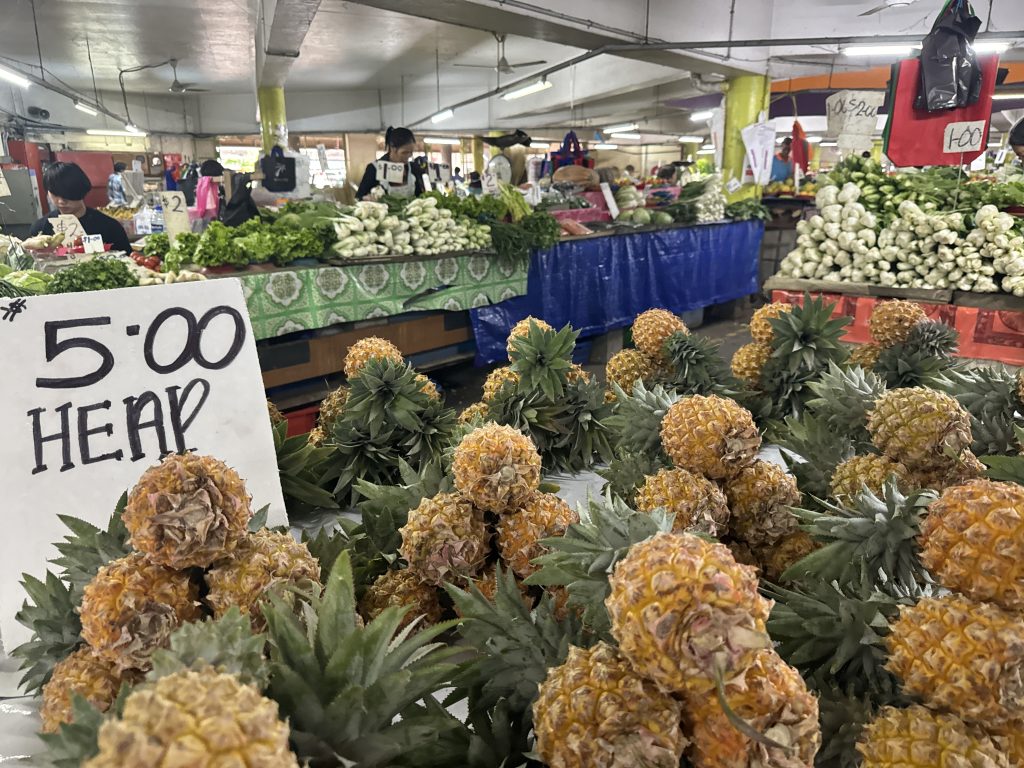
Downtown Suva
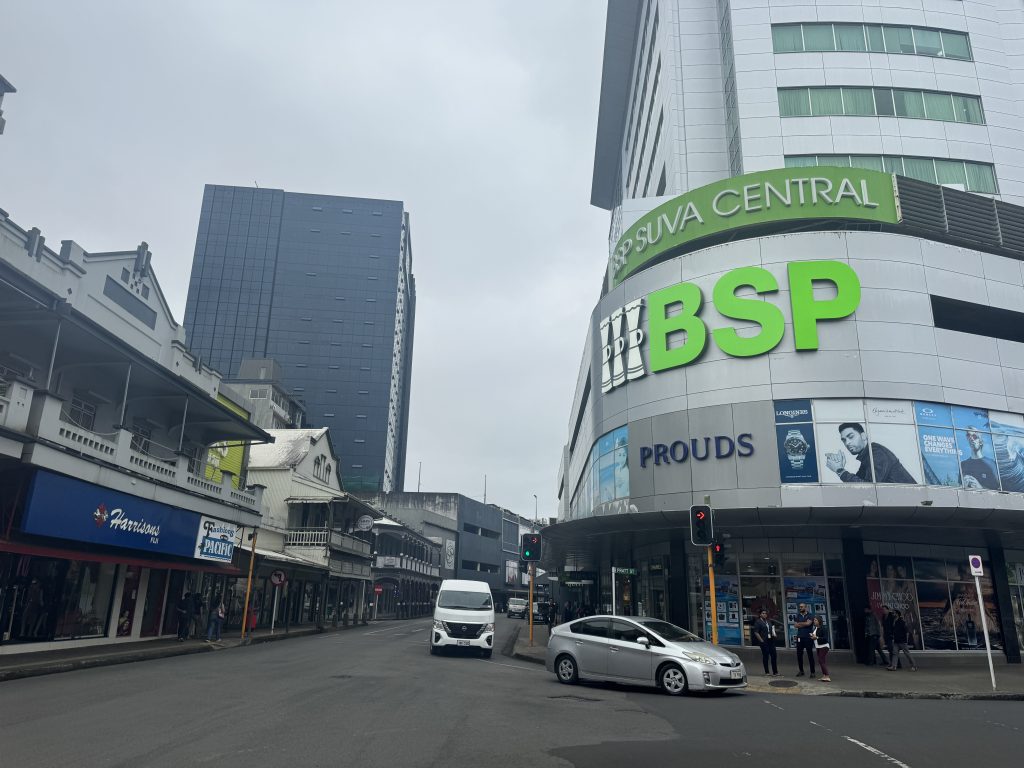
There was a visible United Nations presence throughout the city.
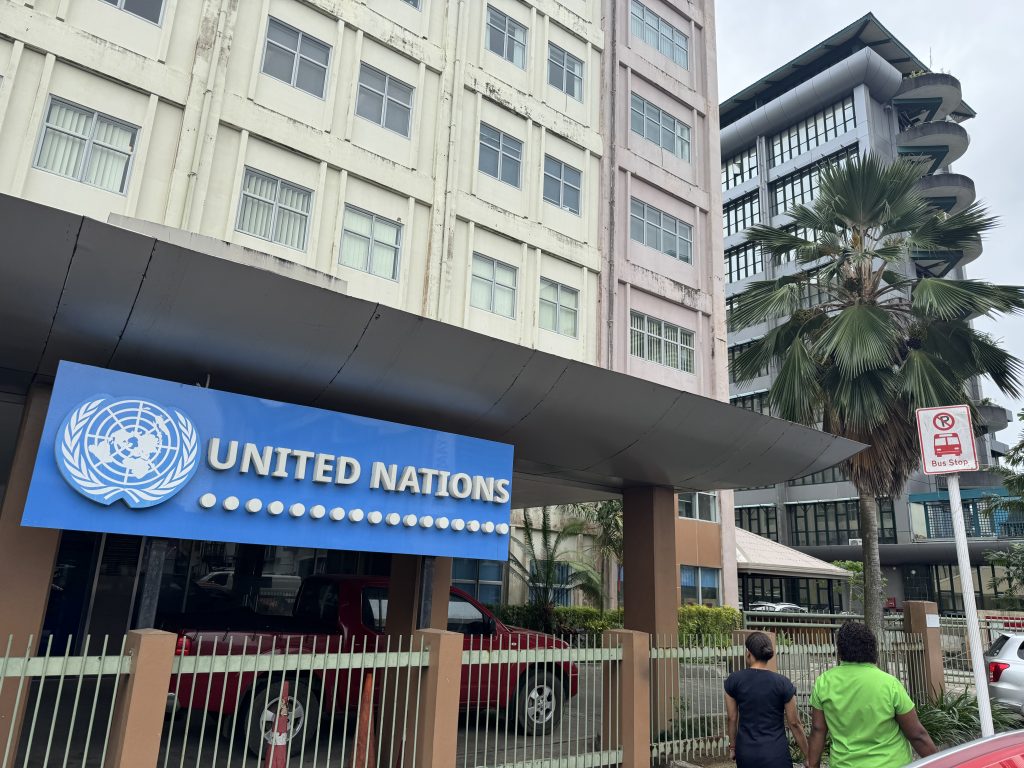
"Suva Municipal Baths" - Est. 1925
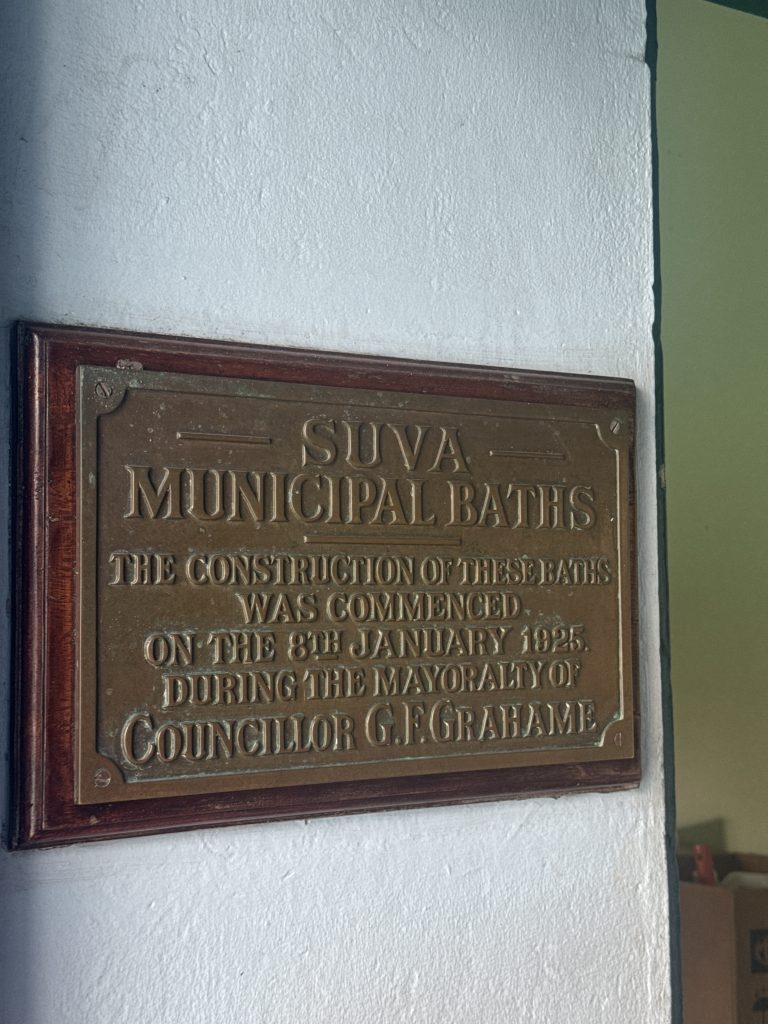
Grand Pacific Hotel
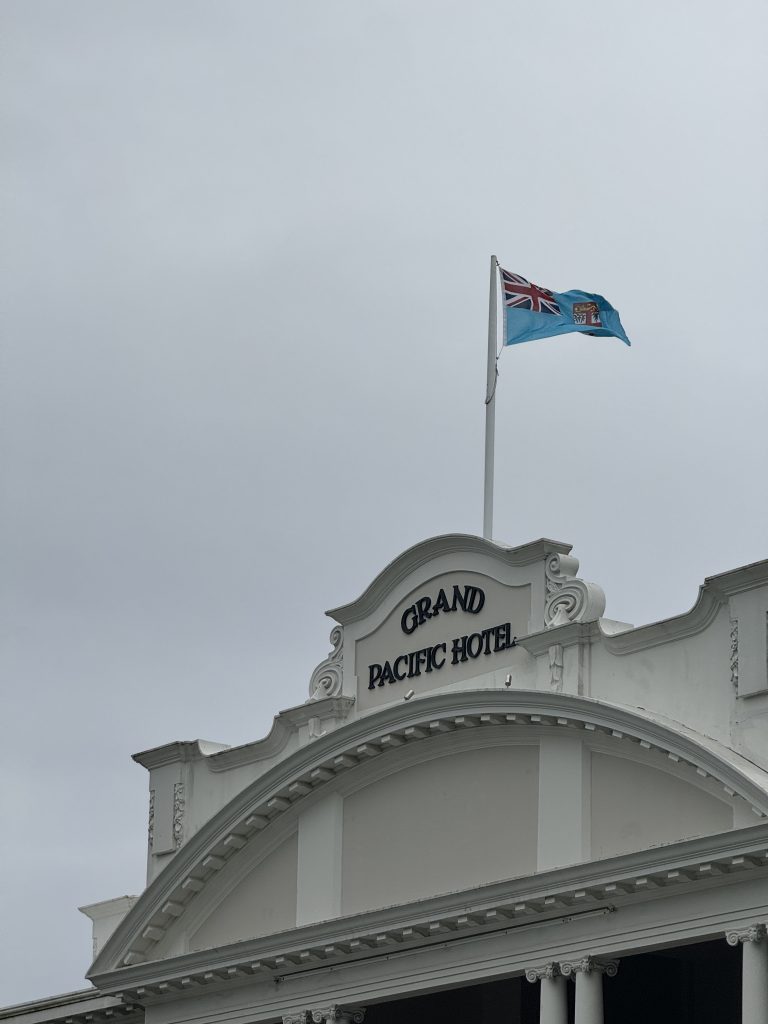
Foggy Suva Harbour
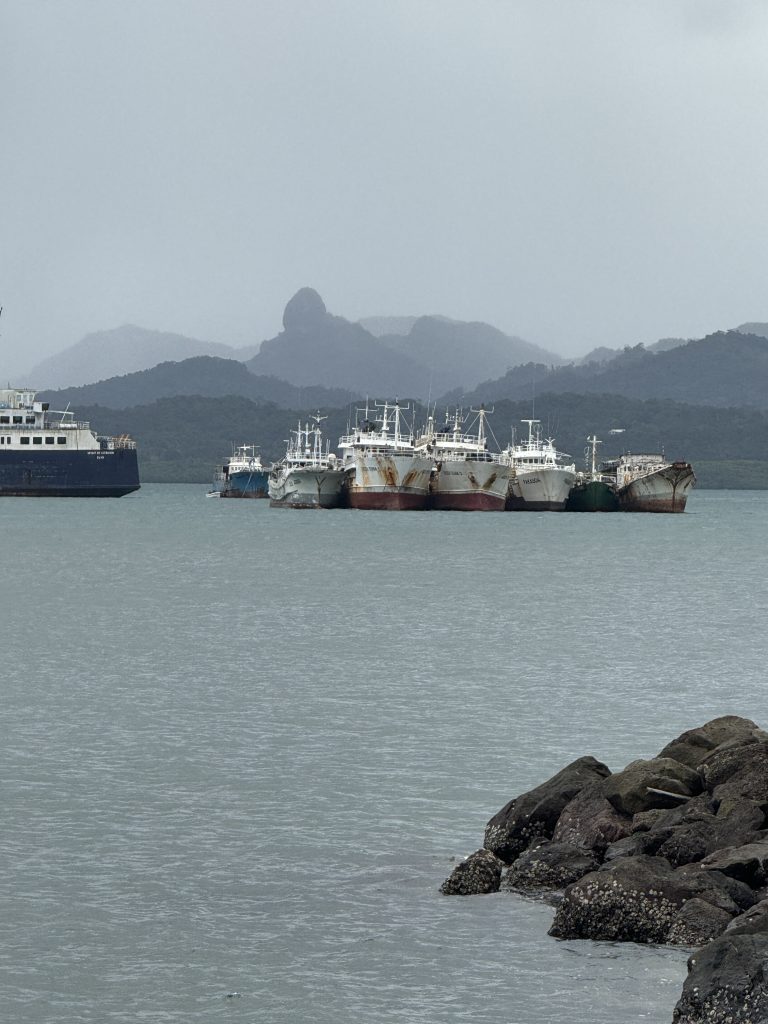
I met an amazing fashion designer in the Thurston Gardens, who even gave me a free Pasifika-designed shirt (refused to take my money). Unfortunately I lost her contact info.
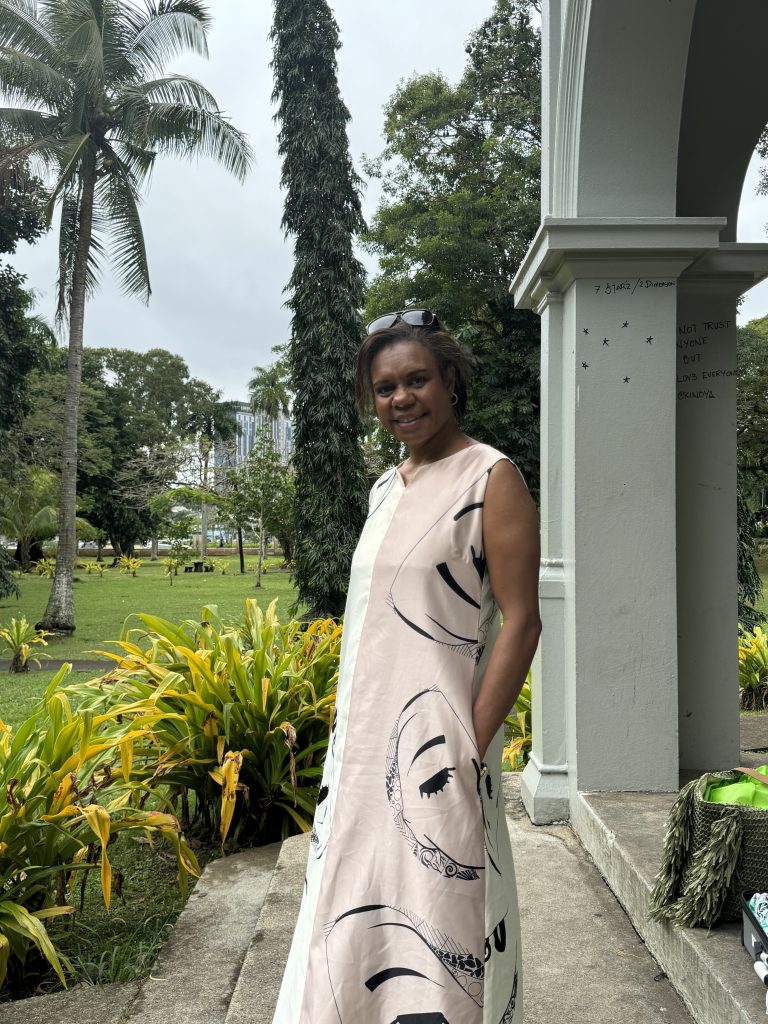
The Fiji Museum was incredible, and by far the highlight of the trip.
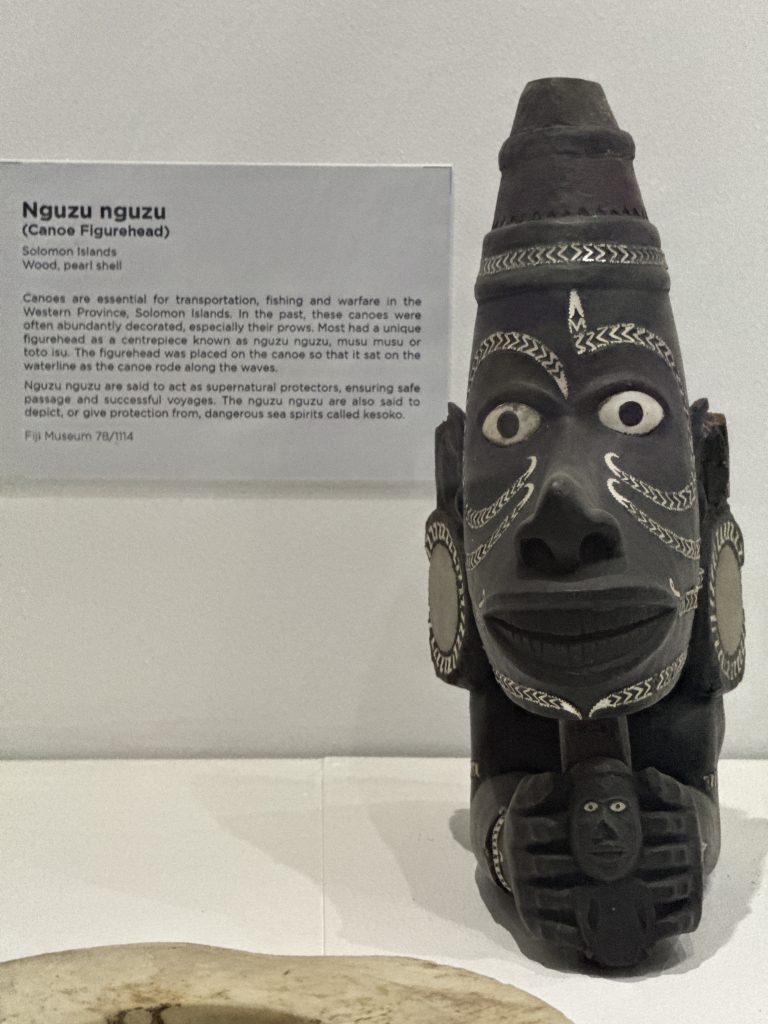
Soon enough it was time for me to board an evening bus back to Nadi, to rest and prepare for my flight to Vanuatu the next morning.
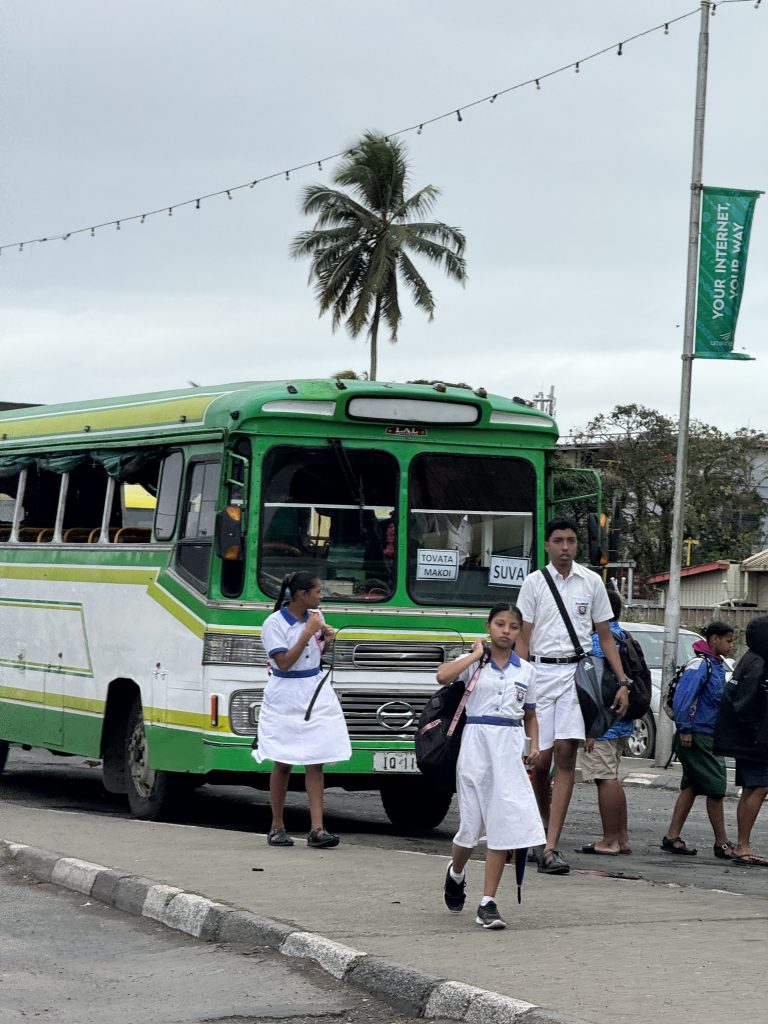
Aotearoa/New Zealand 🇳🇿
Te Waipounamu/South Island
State Highway 6, North of Wanaka
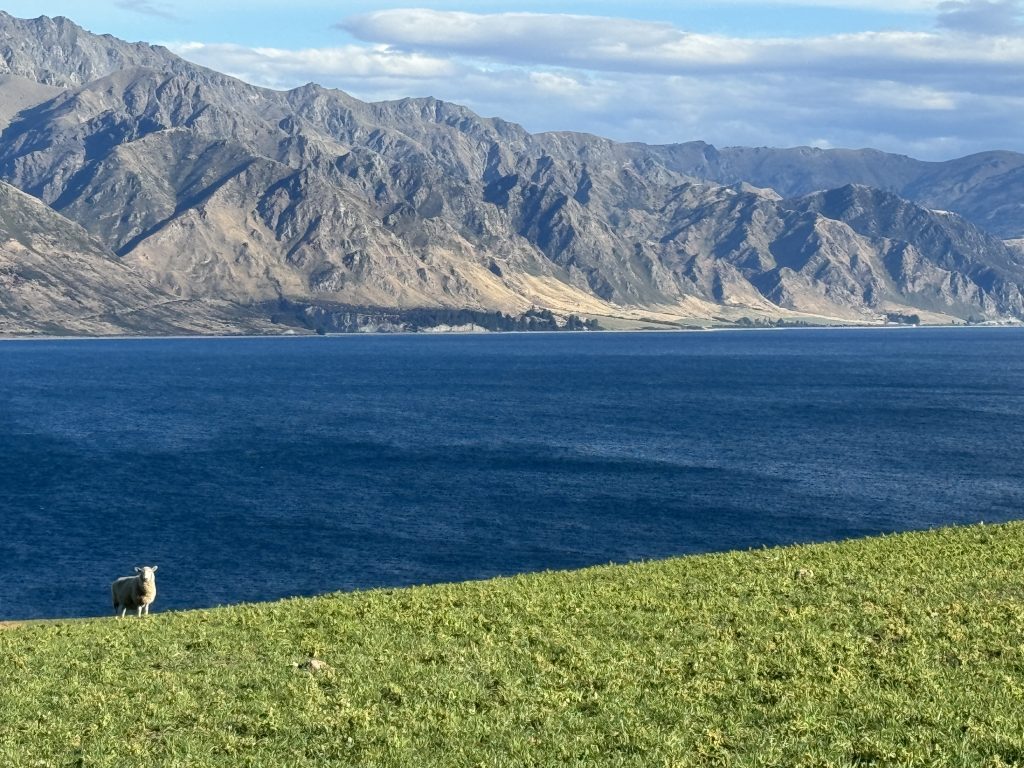
Slope Point (Southernmost Part of NZ)
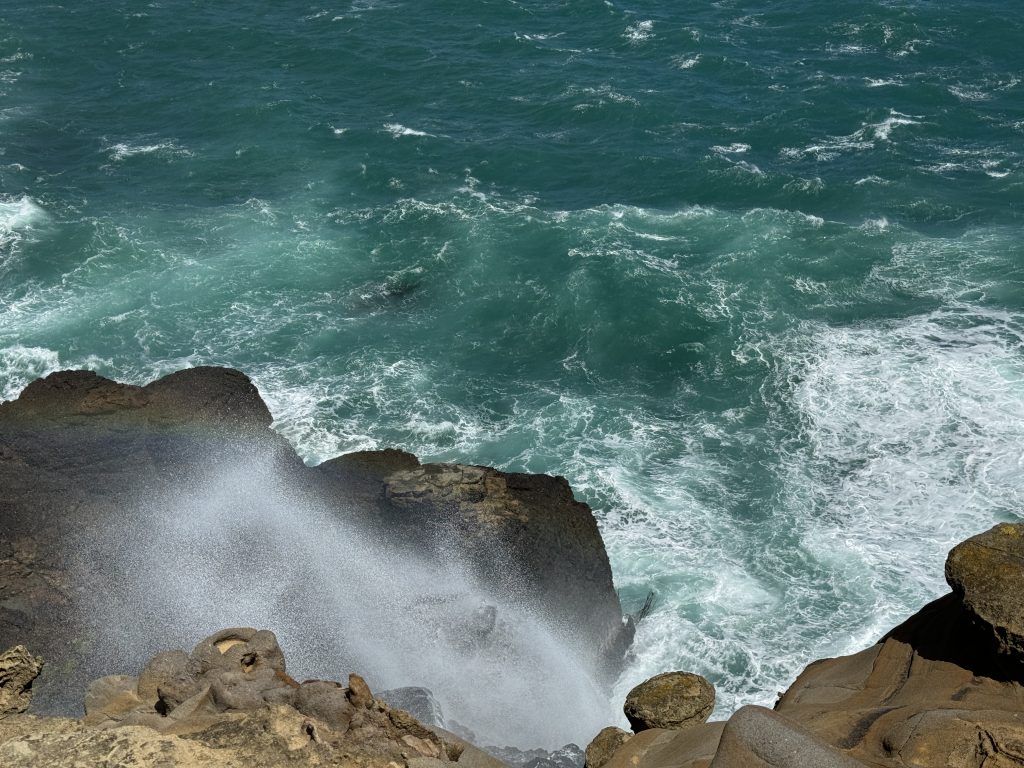
Nugget Point Lighthouse
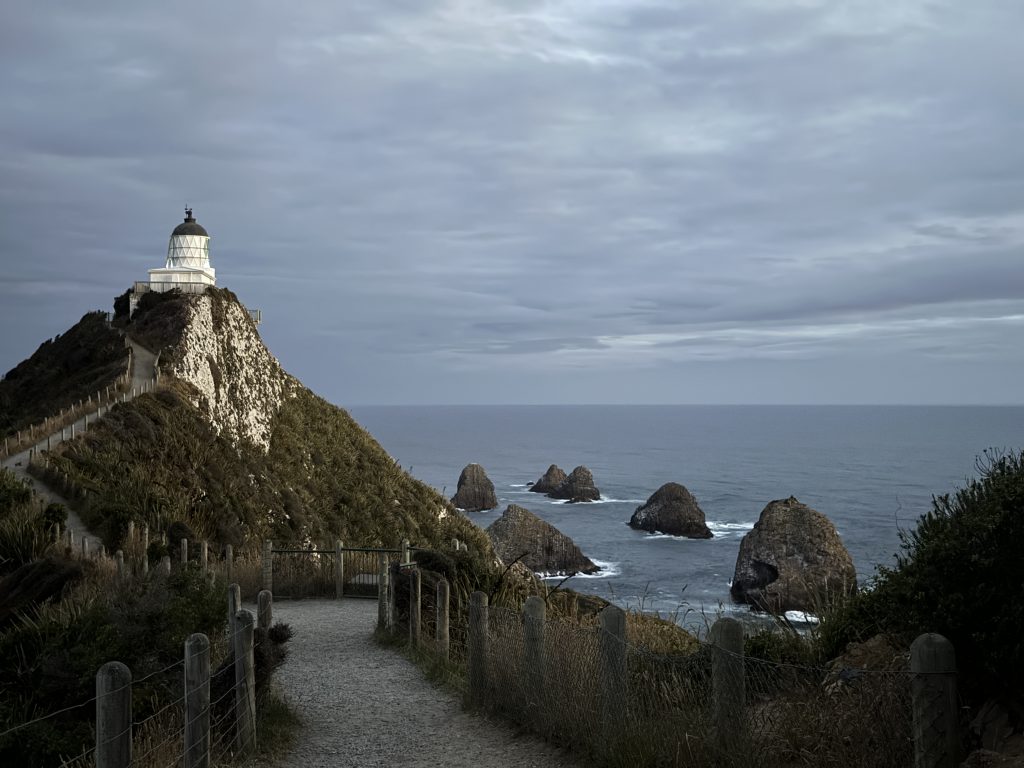
The Drive Down to Queenstown
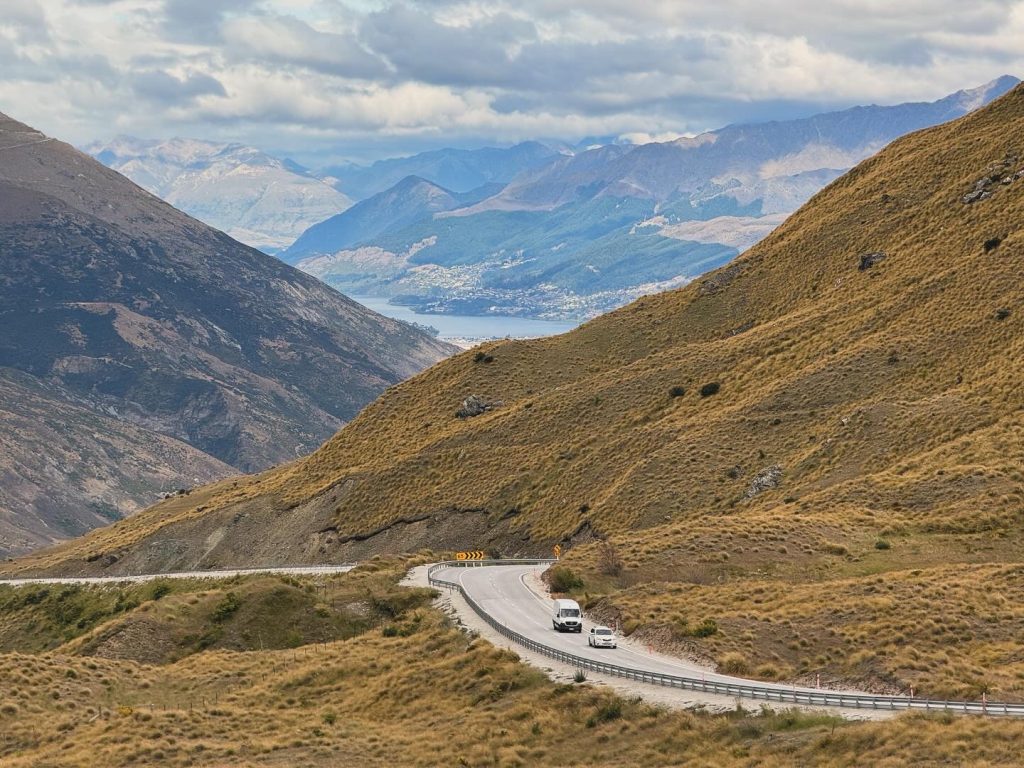
Knight's Point Lookout, Haast Highway
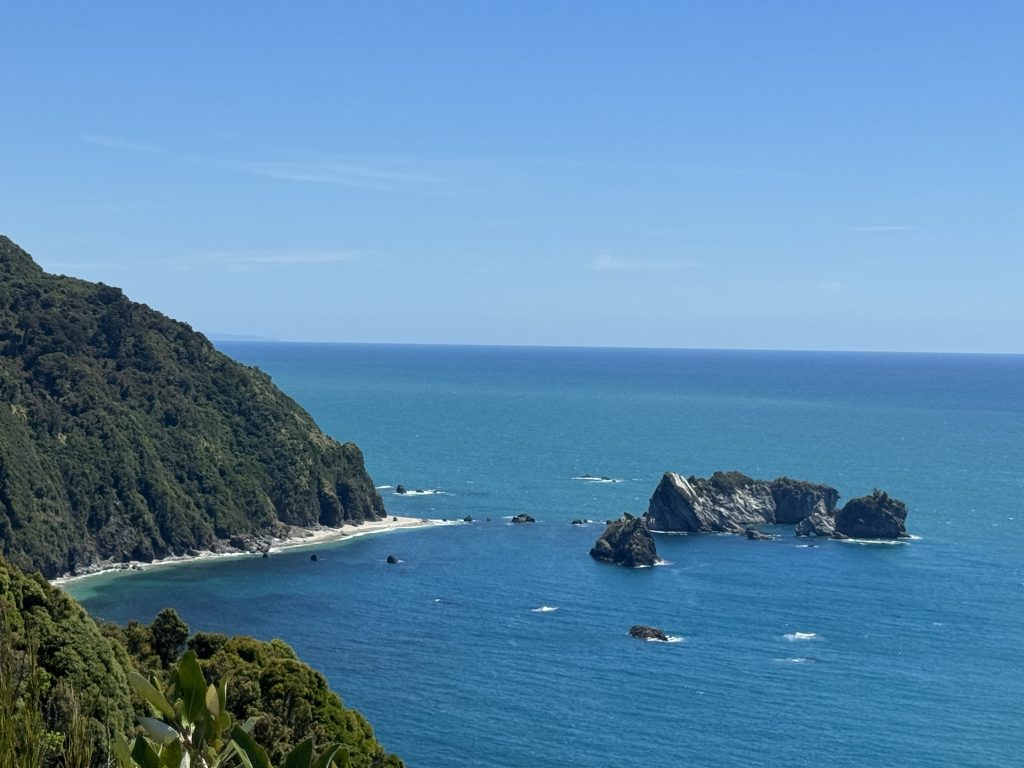
Bruce's Bay, West Coast
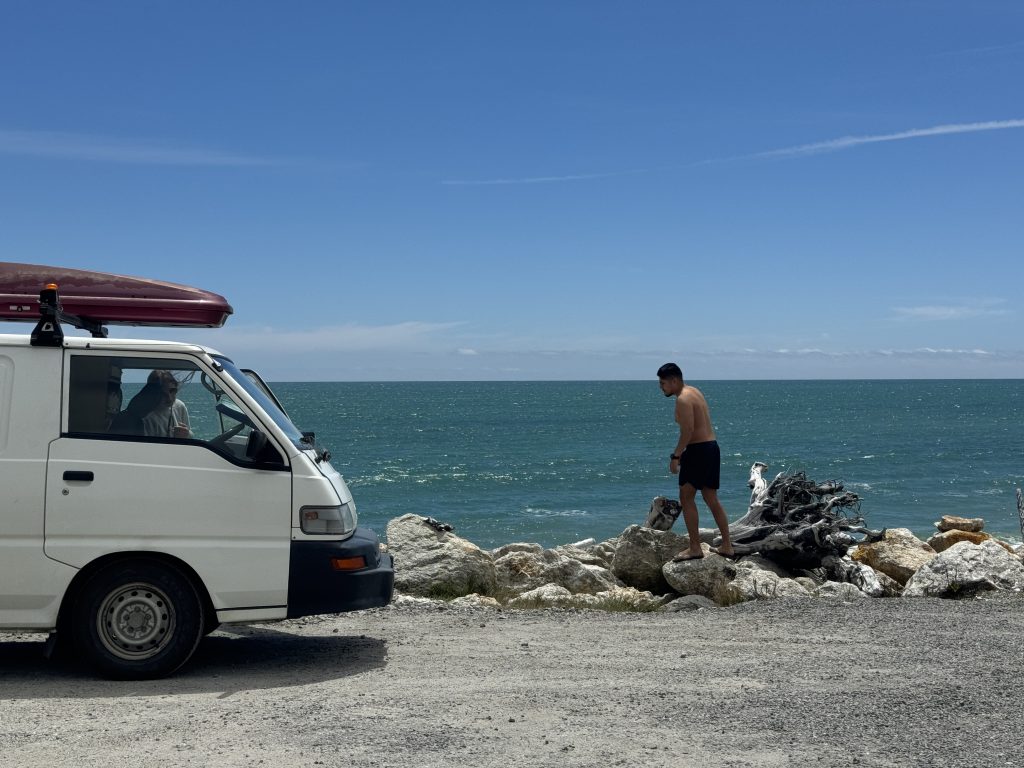
Flora and Fauna
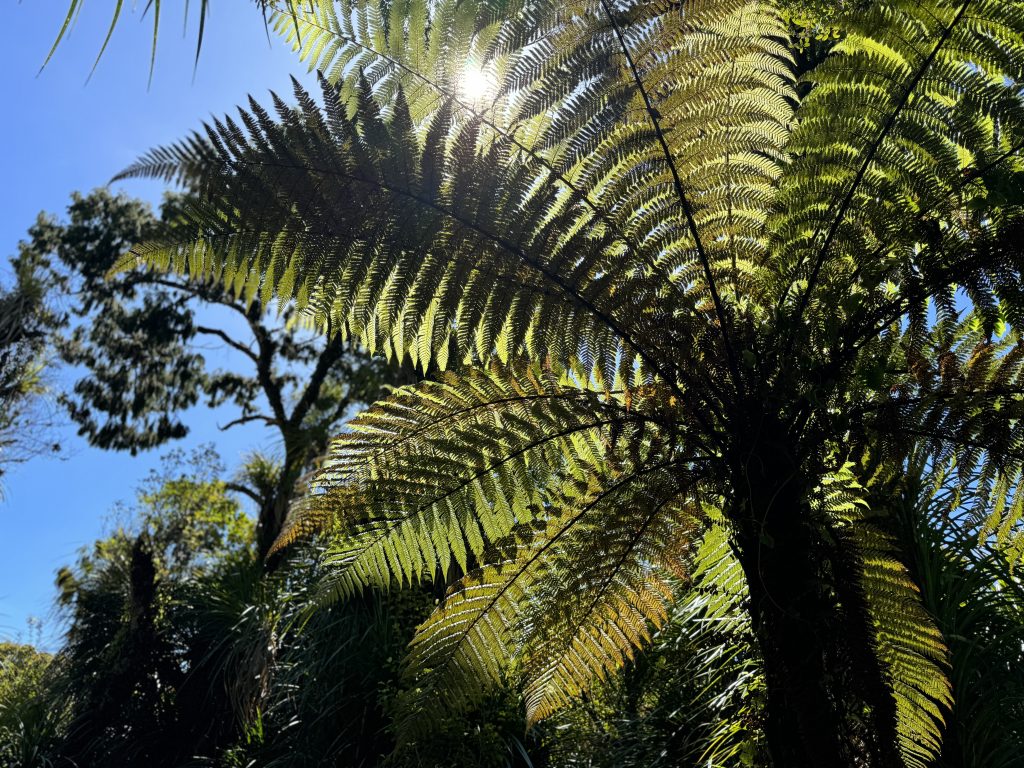
Flora and Fauna
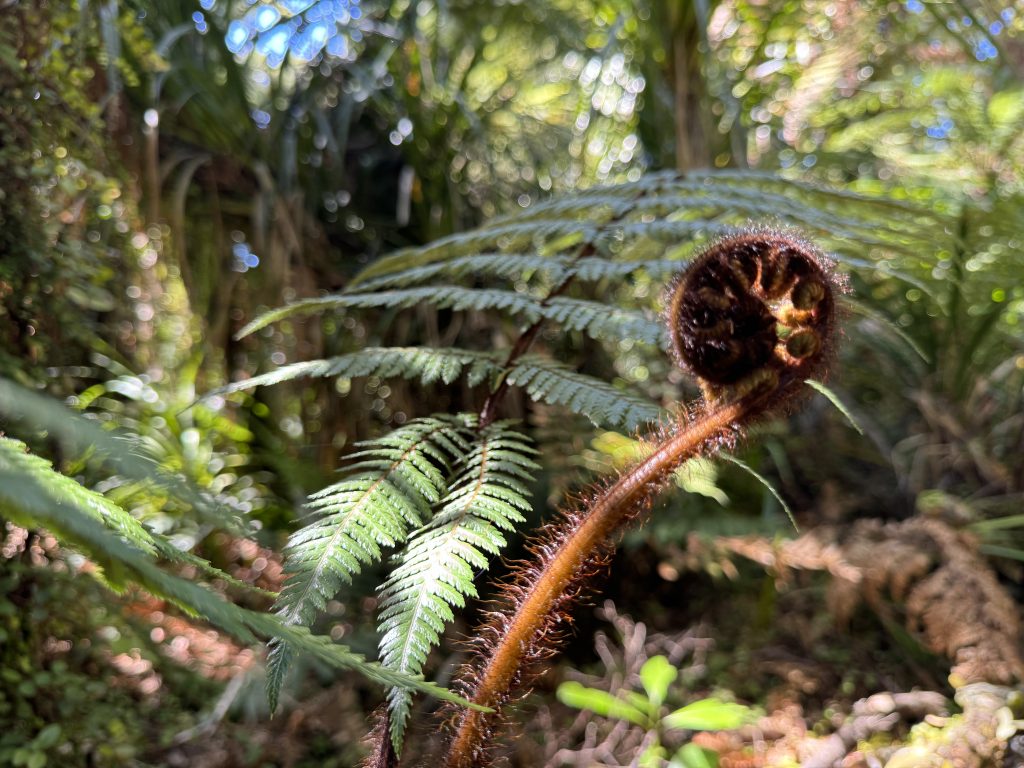
Queenstown, NZ
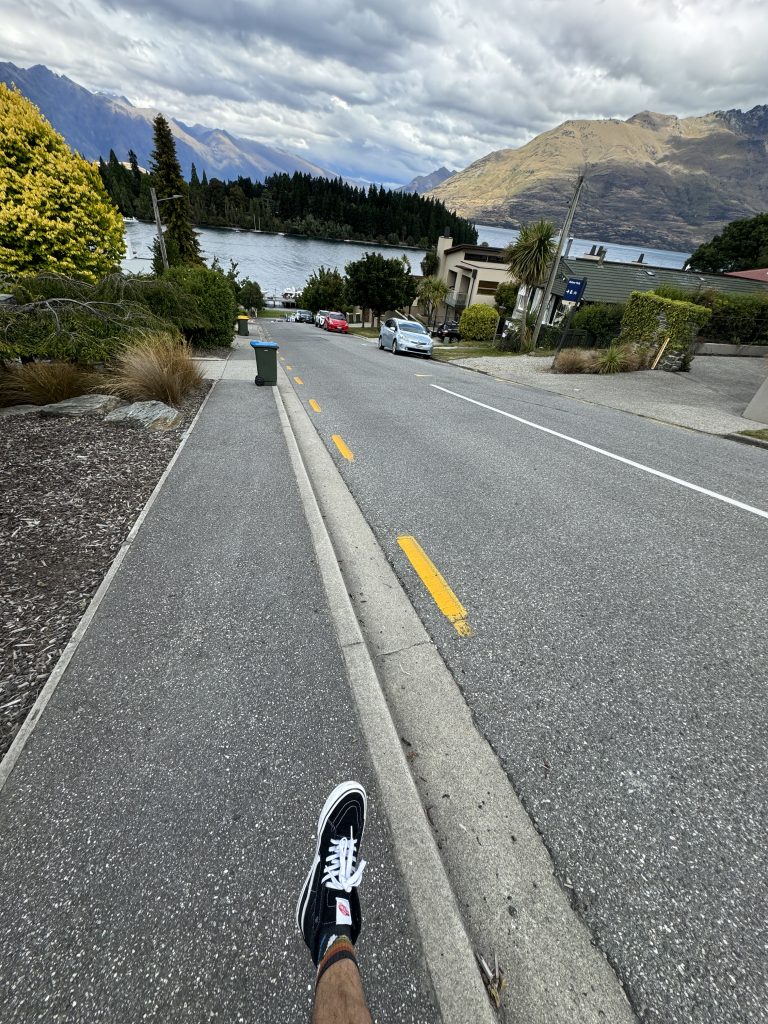
Dunedin, NZ
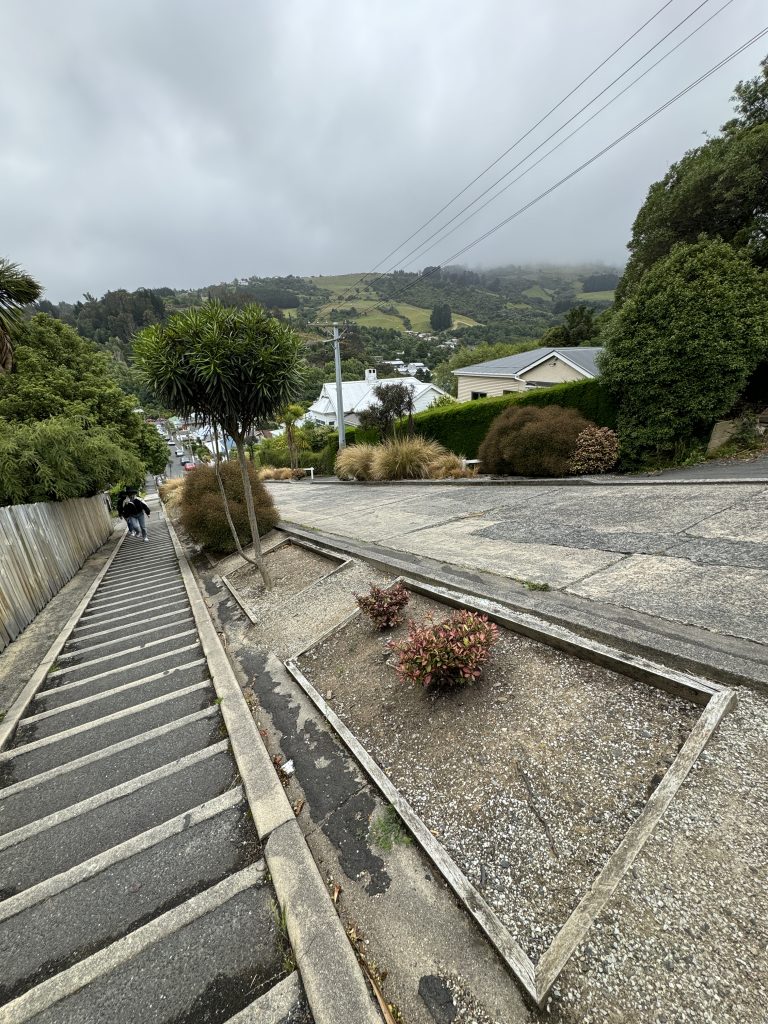
Te Anau, NZ
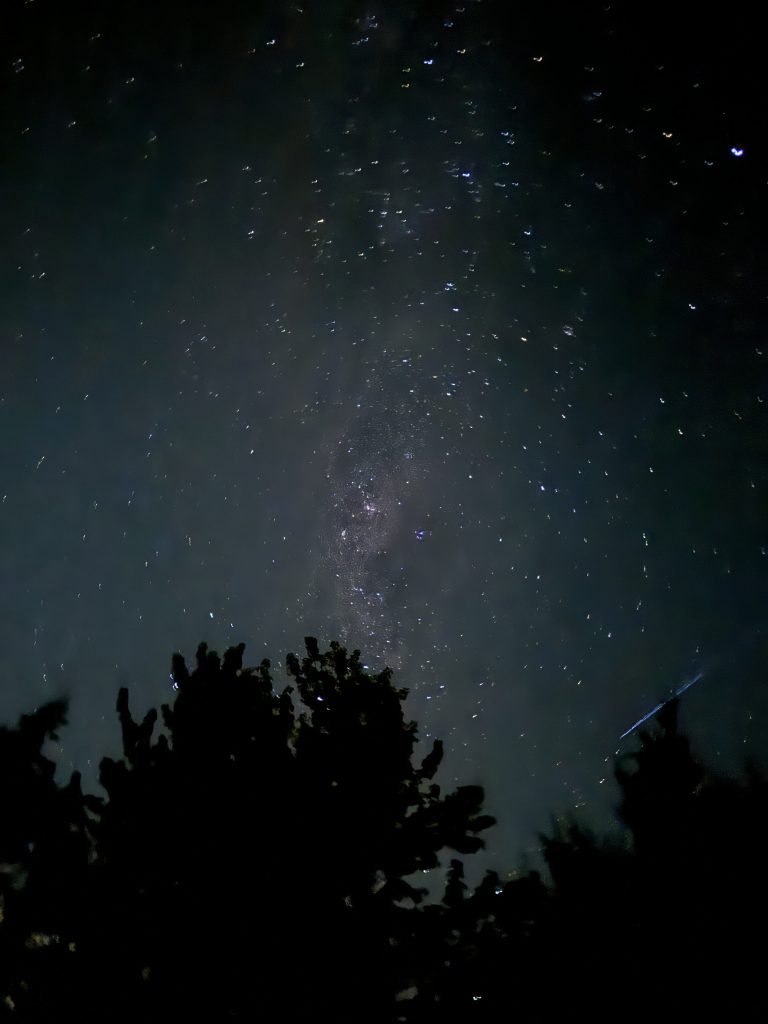
Te Ika-a-Maui/North Island
Wellington Capital City
Inside Parliamentary Library
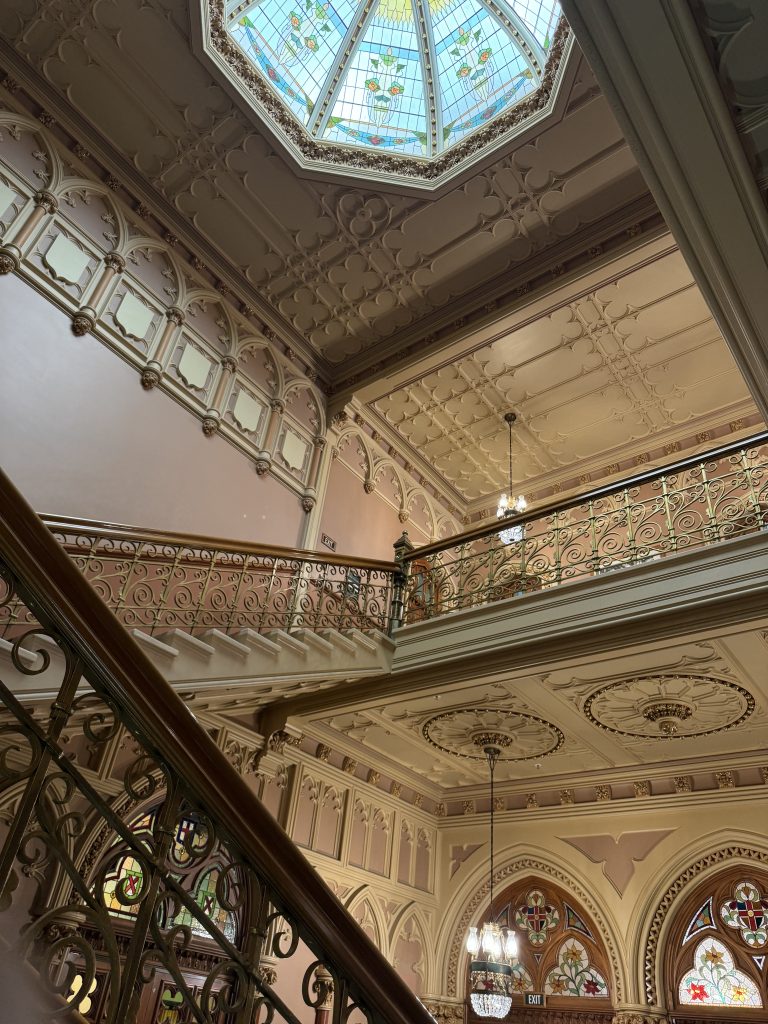
Treaty of Waitangi
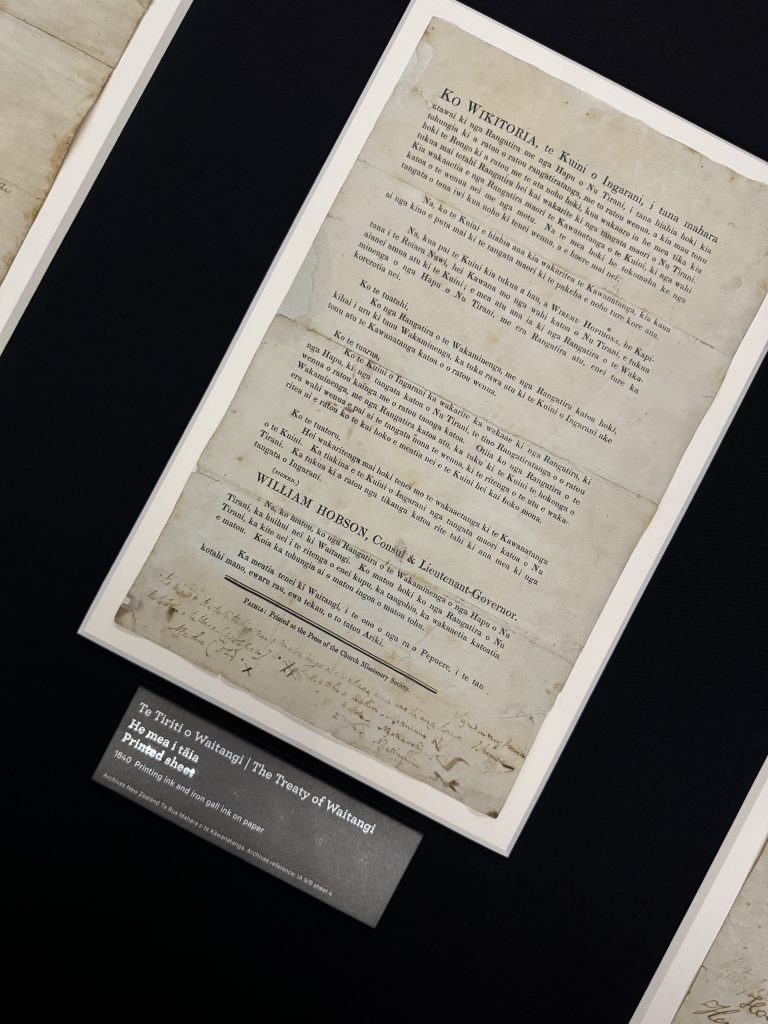
Outside Parliamentary Library
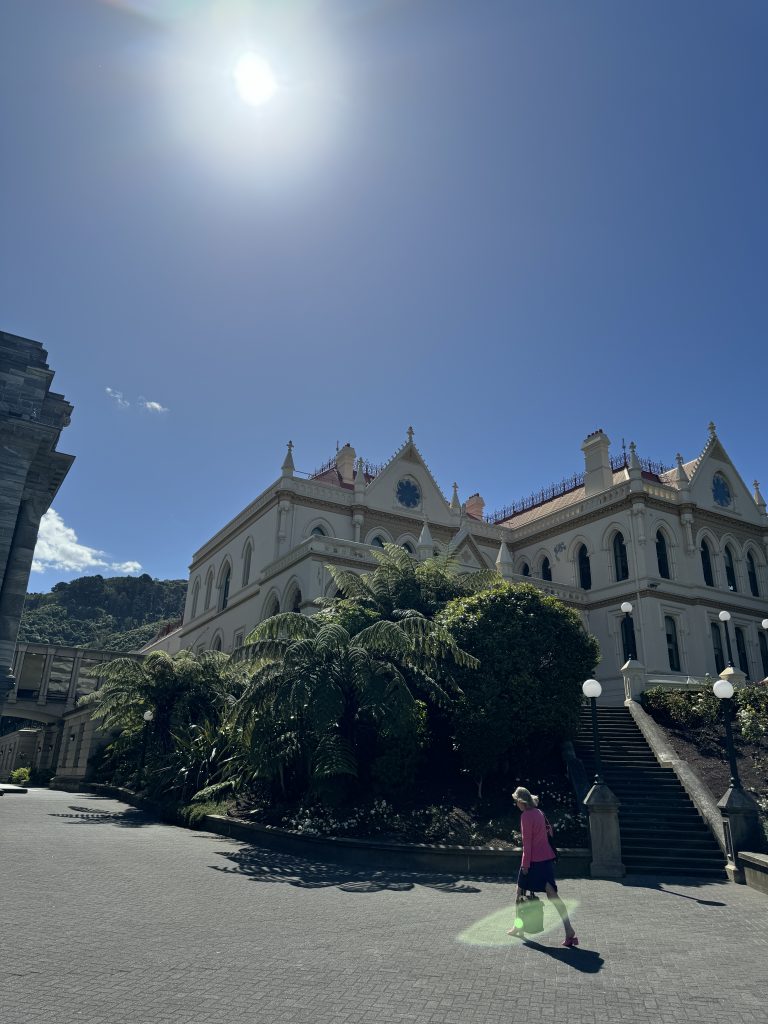
I also spent a summer living near the University of Hawai'i at Manoa, and have included some images of my time across the various islands of the Hawaiian archipelago (United States of America) below.
View of Mauna Kea from Hilo, Island of Hawai'i ("The Big Island")
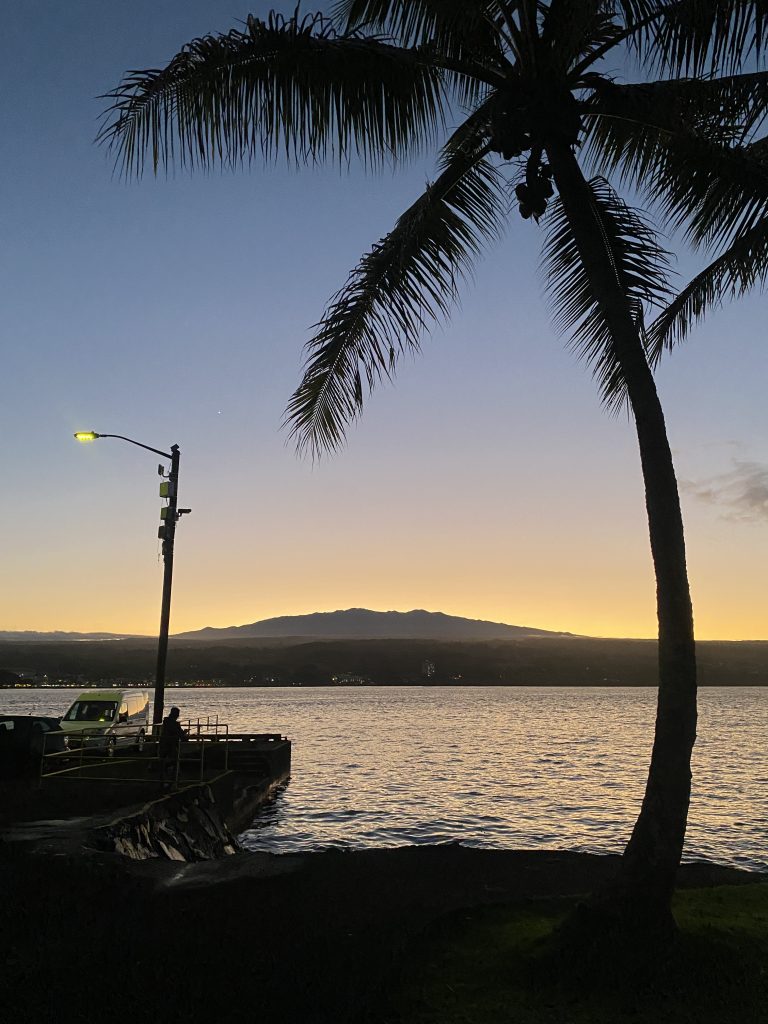
Local T.V. Channel Programming
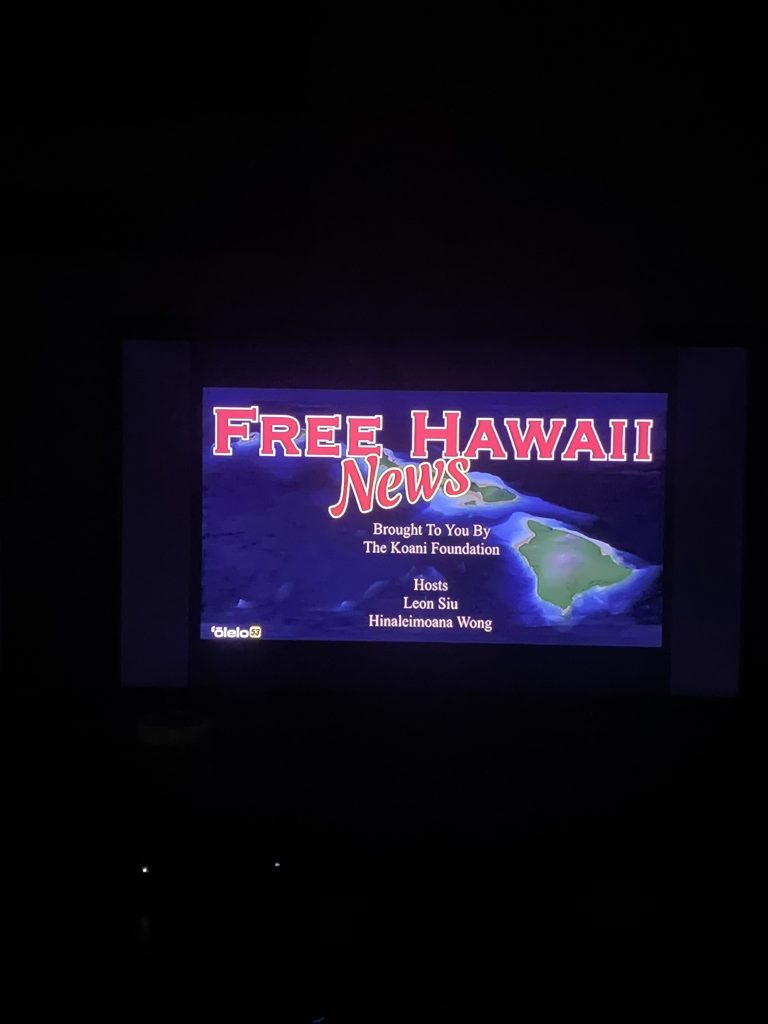
Chinatown, Island of O'ahu
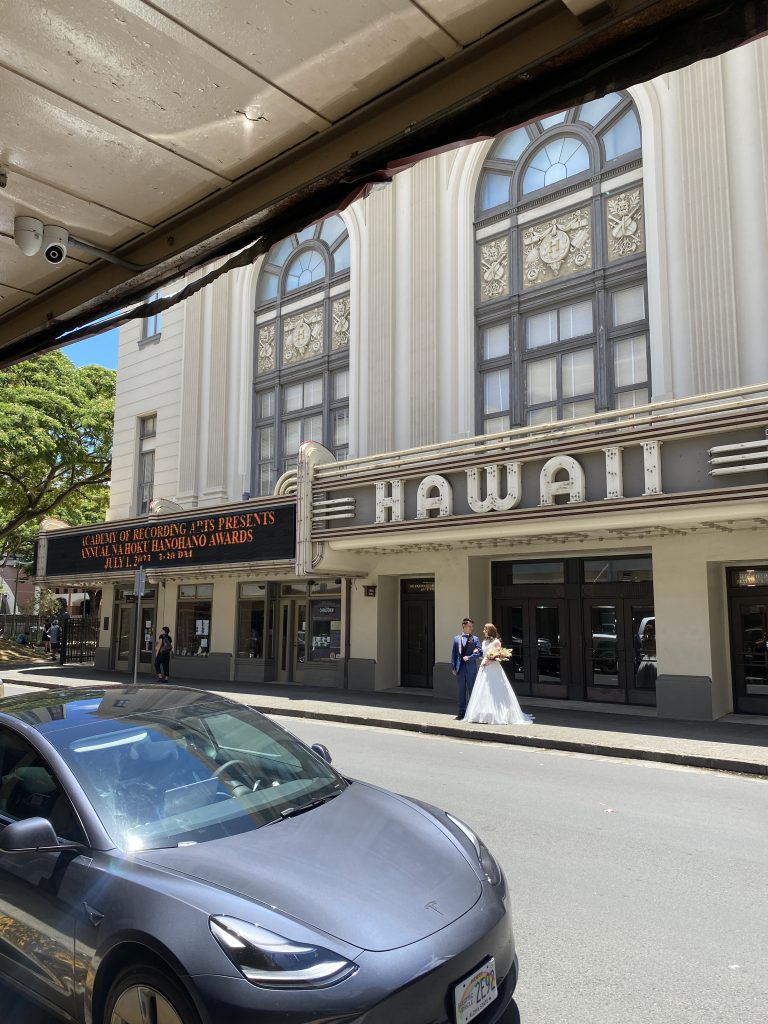
Hawaii Supreme Court
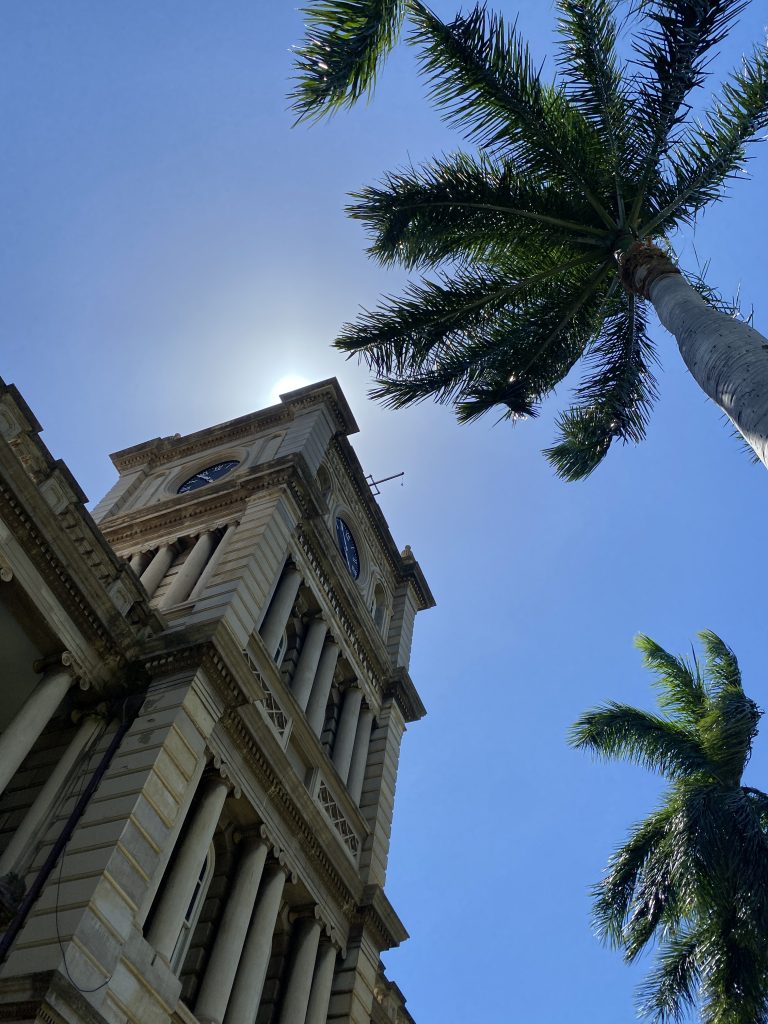
View of Mauna Loa from Mauna Kea.
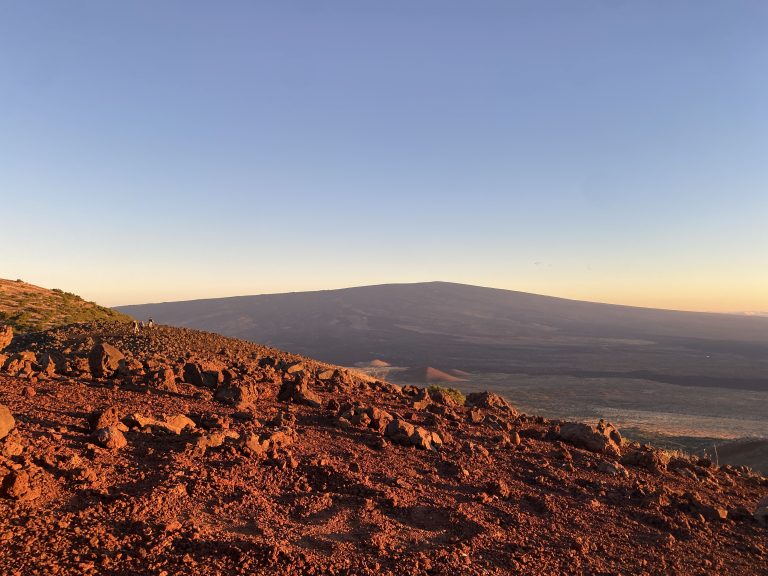
Mauna Kea, facing west during a sunset.
